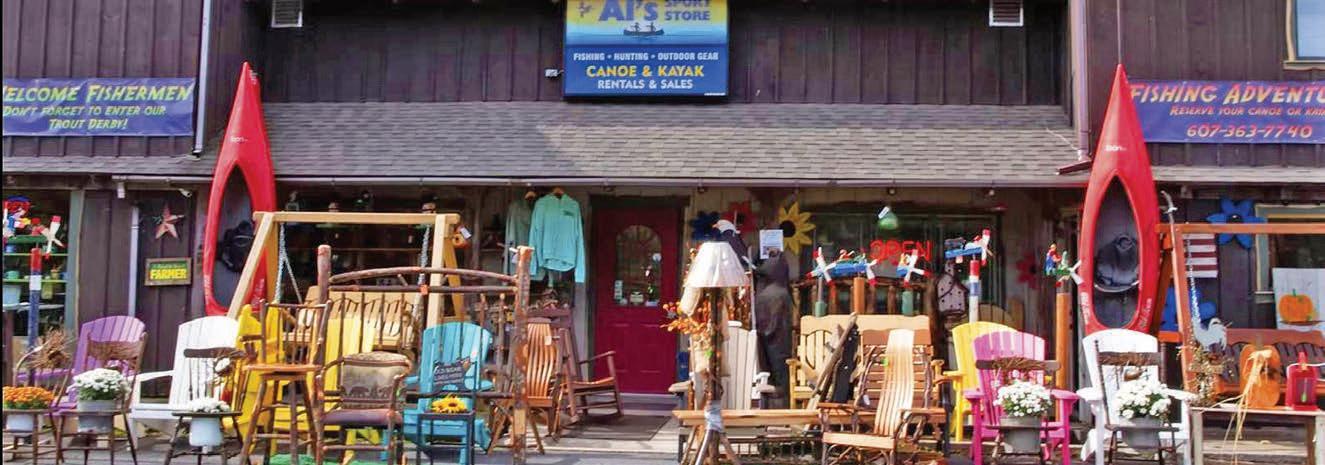

Second Half Report
In the early 2010s, following the global financial crisis, roughly half of for-sale homes were at risk of selling at a loss. In early 2020, that number dropped to around 10%. Now, according to a recent Redfin report, that number has decreased again, and approximately 6% of today’s U.S. home sellers are at risk of taking a loss and selling for less than their purchase price.
Redfin Senior Economists say the relatively small share of sellers facing a loss today is good news for buyers. “We are seeing more opportunities for buyers to pay a little less than they would have just a year or two ago. That’s because sellers with significant equity in their homes—and therefore at no risk of selling at a loss—are more willing to be flexible on price. That’s a meaningful shift for anyone who’s been watching and waiting for prices to come down, especially first-time homebuyers."
Homeowners, though, still appear to be in no great rush to make a move. Many say they have no financial incentive to sell as home prices are high and they don’t want to give up their low mortgage rate. While inventory is slowly improving, older Americans are hanging onto their homes, making it difficult for younger Americans to find and afford houses, especially houses large enough to fit a family.
“With baby boomers opting to age in place rather than sell, it’s challenging for younger buyers to find affordable options that fit their lifestyle," reports Redfin. "But it’s worth noting that even though many older Americans say they’re not planning to sell their homes, many are likely to eventually part ways as it becomes harder to live independently and/or keep up with home maintenance.”
That said, as we continue into the second half of the year, it’s reportedly a buyer’s market in many parts of the country, and economists are predicting home prices will decline 1% year over year by the end of 2025. As we all know, anything can happen. We'll have to wait and see if that prediction holds.



www.facebook.com/pages/

What You Need To Know About Home Equity Loans
If you have large or unexpected expenses on the horizon, you may have access to an untapped resource: your home. You could use some of the equity you've built up in your house to meet financial goals, depending on how much equity you have and how you use it.
Here's a guide from the experts at Navy Federal Credit Union to explain how home equity loans work and when you should - or shouldn't - use your home's equity.
What is a home equity loan? In basic terms, a home equity loan is money you're borrowing using your home as collateral. The equity in your home equals how much of your home's value you actually own (not counting the mortgage you're still paying off). Home equity loans are frequently offered at lower interest rates than other loans, so they may be a great option for consolidating debt on higher-interest credit cards, or large home improvement projects.
You can determine how much equity you have in your home, and how much your home equity loan payments are likely to be, using online calculators.
Here are the two most common types of home equity loans:
Fixed-rate equity loan: This is a lump sum amount you'll draw from your home's equity, paying back monthly at a fixed interest rate for
the life of the loan, so you'll know exactly what to expect. Fixed-rate home equity loans are typically used for:
• Home improvements/repairs
• Debt consolidation
• Large purchases
• Life events
Home equity line of credit (HELOC): This is a line of credit secured by the home, which lets you borrow funds if and when needed, up to a set maximum credit limit. You only have to repay the funds you borrow. HELOCs are typically used for:
• Home improvements
• Emergency funds
• Medical expenses
• Debt consolidation
The best use of a home equity loan or home equity line of credit is when the money you borrow increases your home's value via renovations or repairs, as this continues building the equity you're borrowing against. You may also have tax benefits for using the loan toward home improvements, so it's recommended to consult a tax professional.
When NOT to use a home equity loan or HELOC
Because these loans use your home as collateral, remember that you'll want to be sure you can stay on track with loan repayments. For this reason, financial experts advise against using home equity to borrow for things including:
A car purchase: An auto loan is usually a better choice for purchasing a new or used vehicle. Interest rates on auto loans tend to be similar or lower than home equity loans, and auto loans usually require little paperwork and fewer fees.
Vacations: It's better to save up for near-term wants like vacations or large-screen TVs than using your home's equity for something offering no financial return.
College: Consider all options - including federal student loans, scholarships, grants, and private
student loans - before tapping into home equity.
A home equity loan may be a consideration if current mortgage rates are significantly lower than federal student loan rates, especially for graduate or professional degrees. But unlike federal student loans, if you use home equity to pay for college, you won't qualify for incomedriven repayment plans or loan forgiveness programs.
Starting a business: Your best bet for launching a business is a business loan through a financial institution or the U.S. Small Business Administration (SBA). If your business fails and you have a home equity loan or HELOC you can't repay, you're putting your home on the line.
Recurring expenses: Using home equity to cover everyday bills can be a slippery slope. Consider your long-term ability to repay the loan. Since your home is your collateral, missed payments could lead to foreclosure.
Make
a
smart plan
Your home equity is a valuable resource for managing your finances. Planning ahead and understanding your repayment responsibilities is crucial for making the best use of a home equity loan or home equity line of credit. For more information and to explore your home equity options, visit NavyFederal.org/equity. Navy Federal is federally insured by NCUA. Equal Housing Lender.
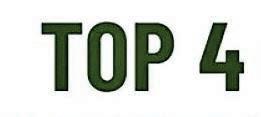


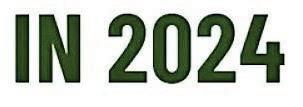
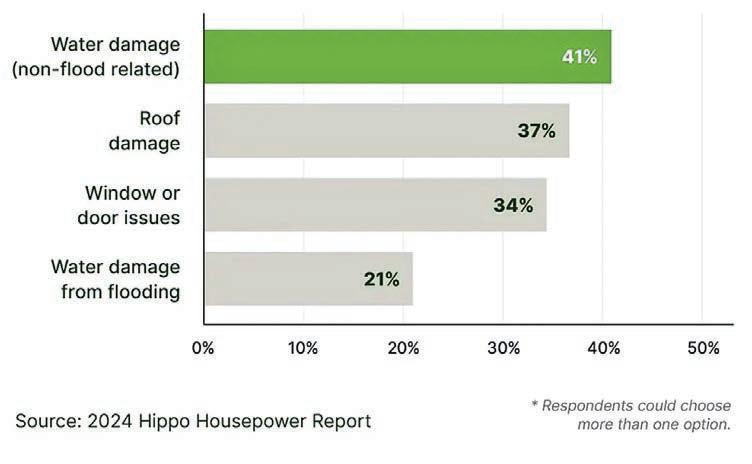
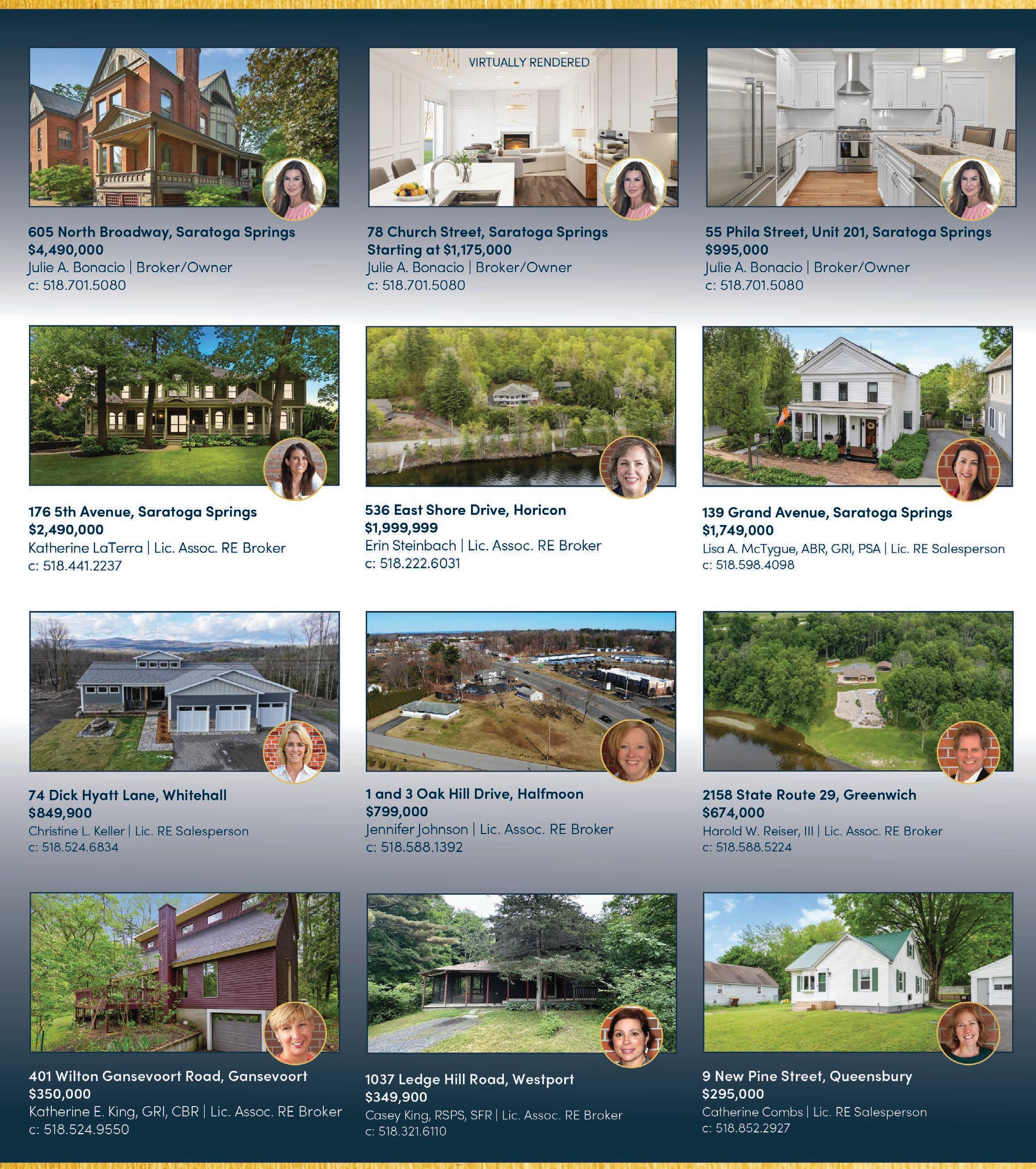

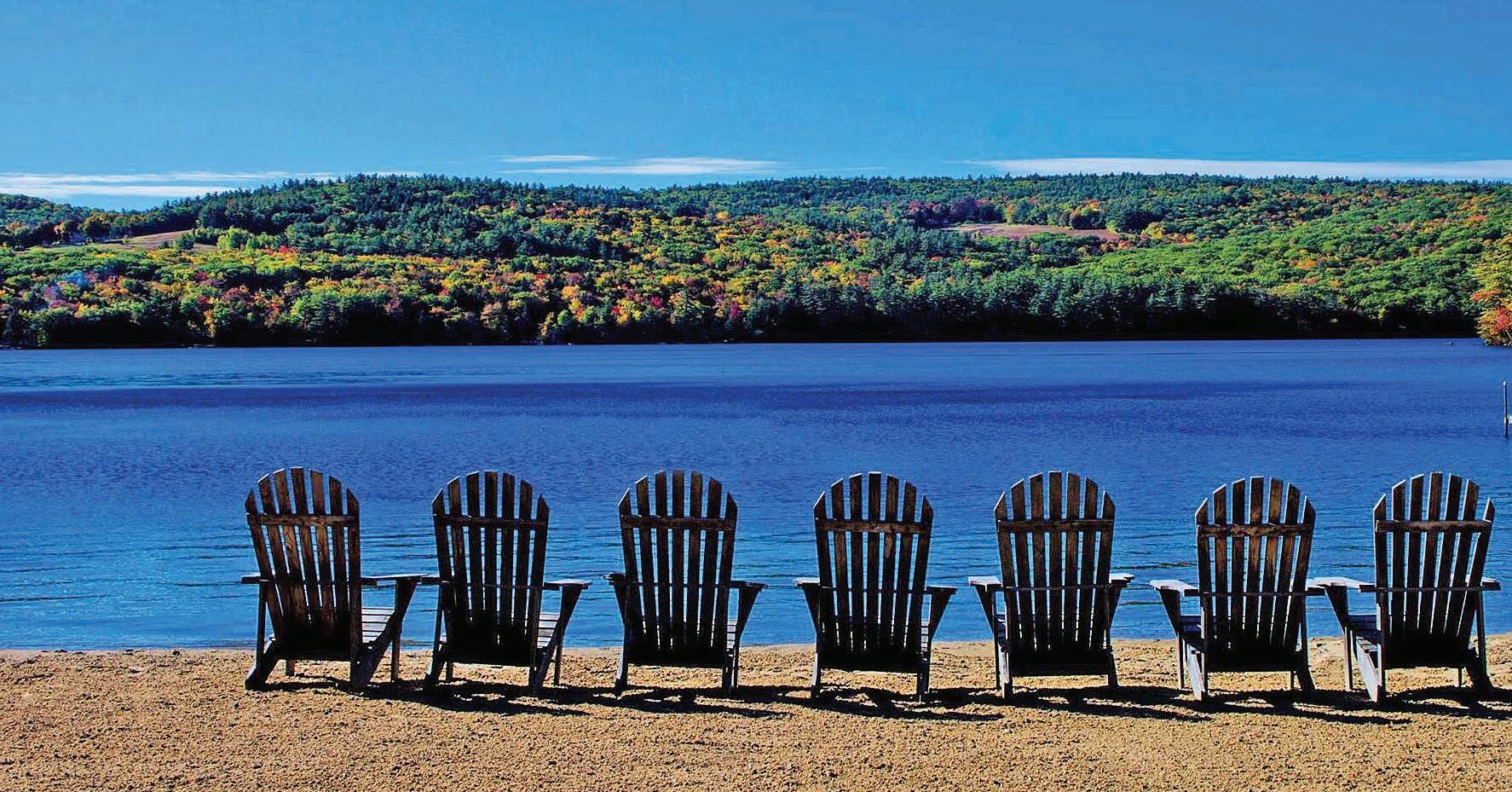



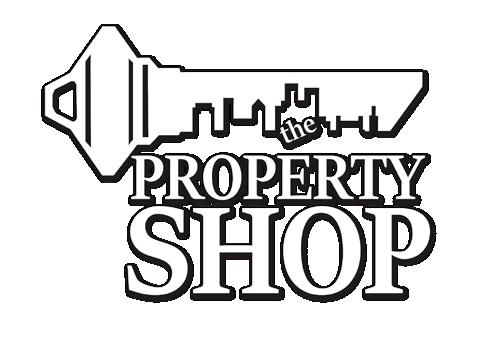




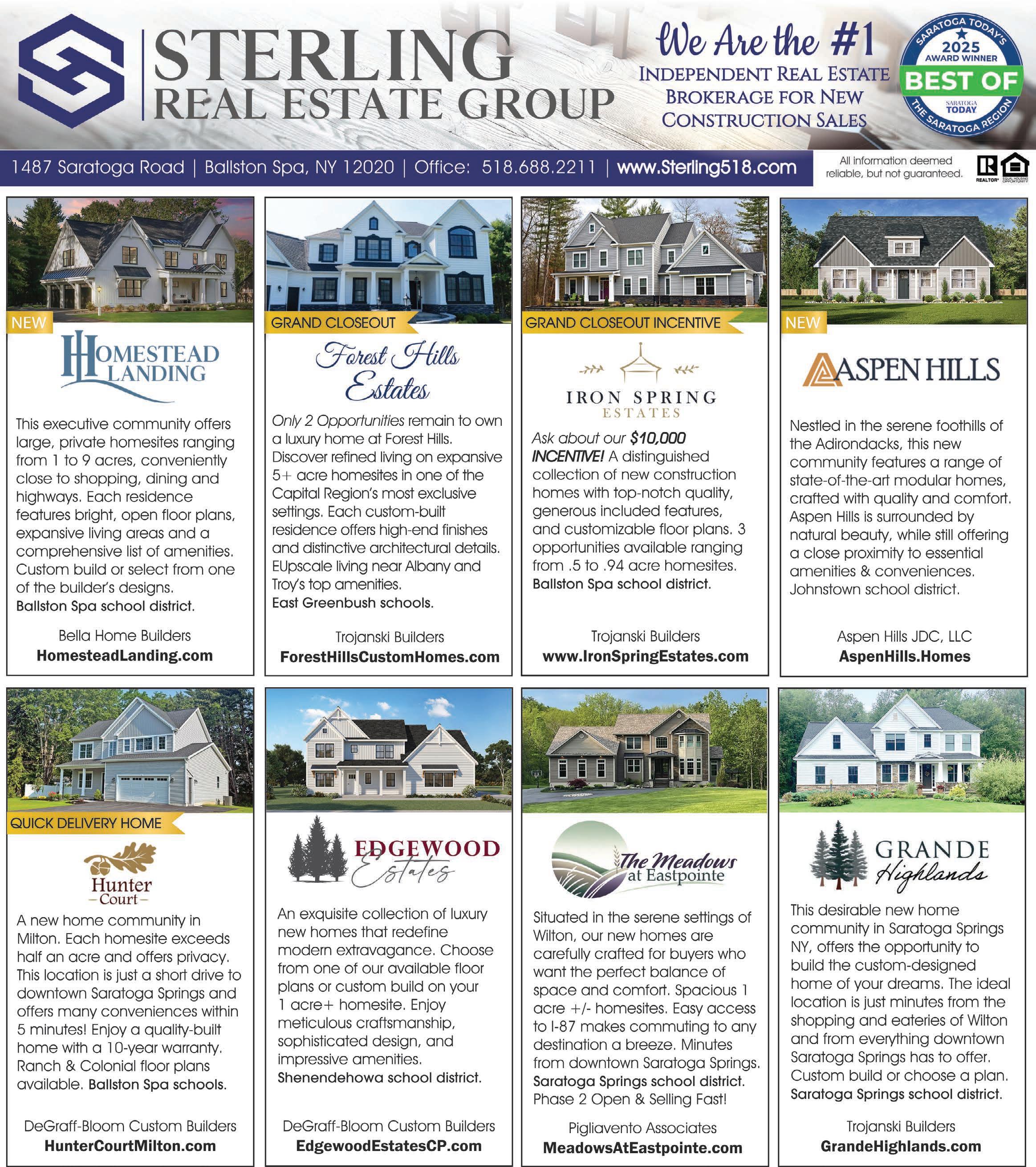
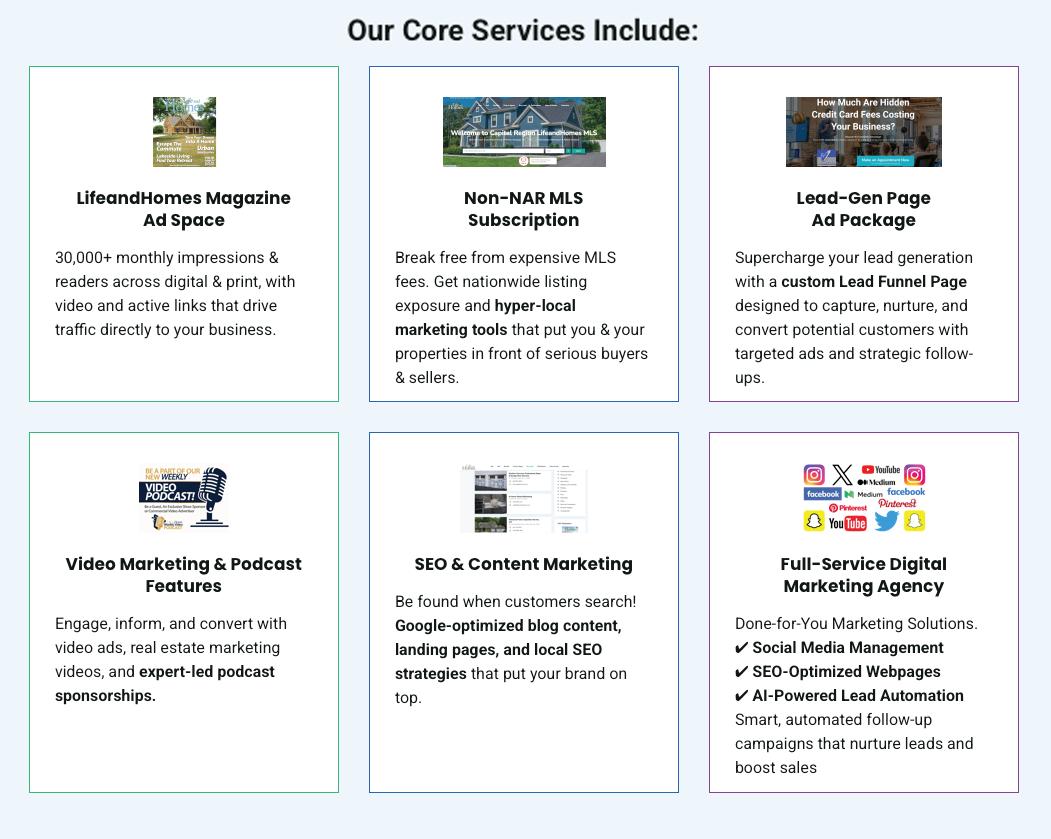







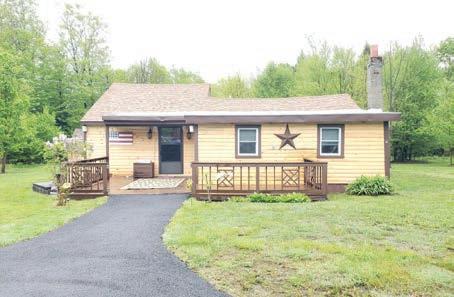
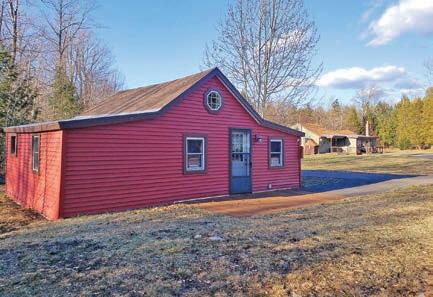
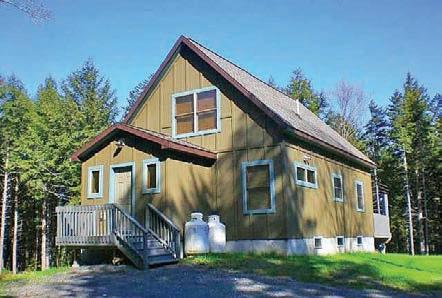
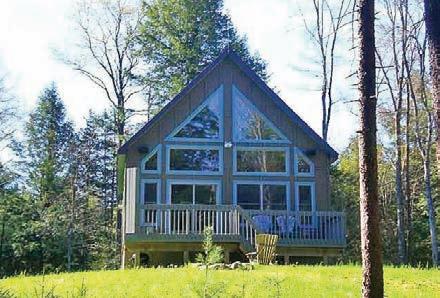
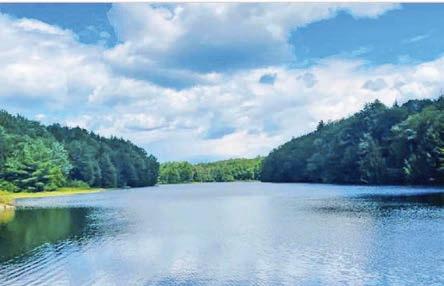
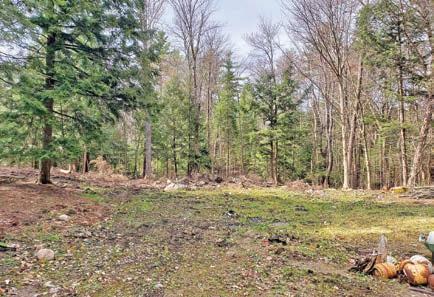
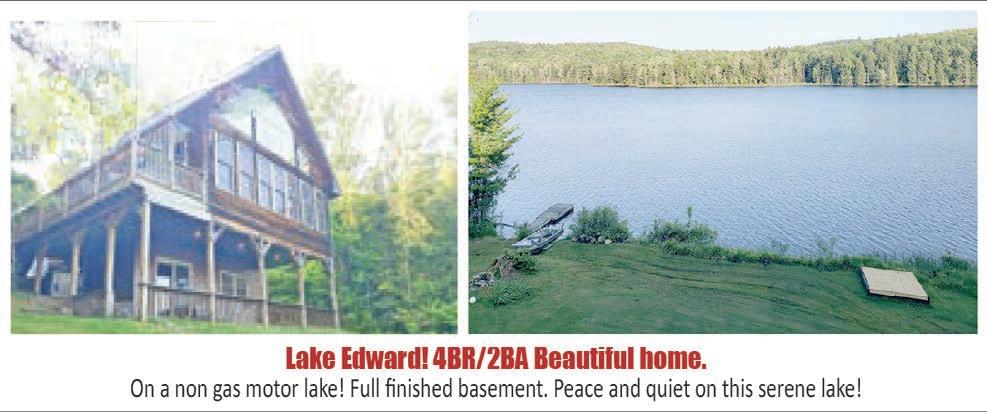
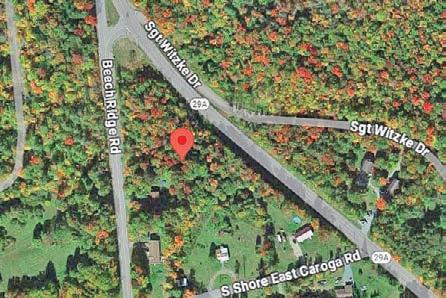
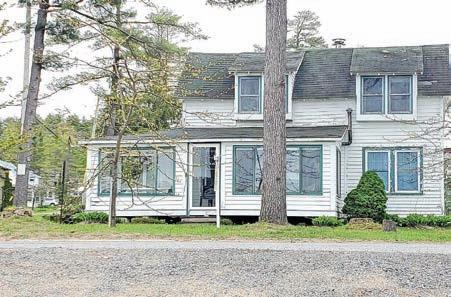

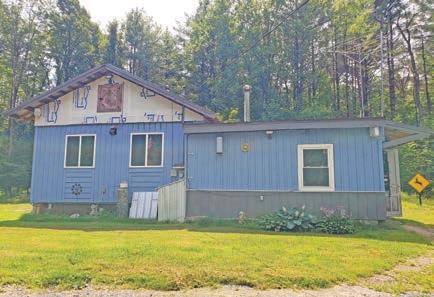
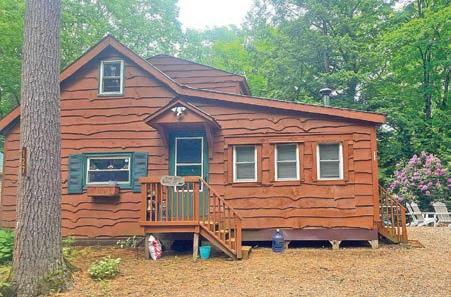
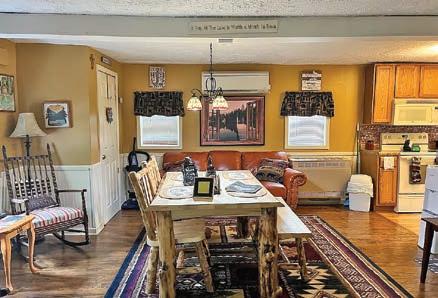
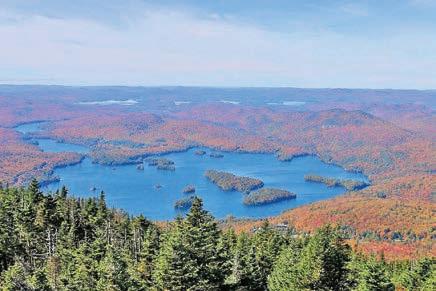
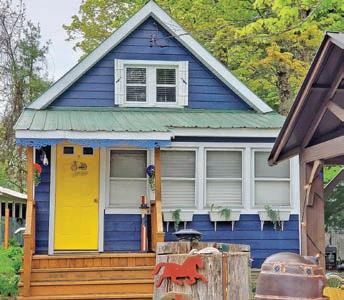
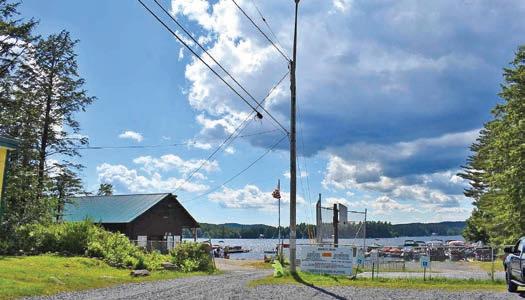

New Tree Purchasing & Planting Tips
Recent storms have taken a toll on many trees. If you're thinking of planting a new tree, there are many things to consider to help make sure you select the right tree for the right place so that your tree(s) will live a long and healthy life. A tree lives for many years and it should be thought of like an investment.
There are two major things to consider: what you want the tree to do, and where it is going to be planted. The Function of the Tree: What purpose do you want the tree to serve? Do you want it to provide shade, a visual screen, act as a windbreak, provide food and habitat for wildlife, prevent soil erosion, improve aesthetics, or complement existing landscaping? Are you planting to lower your cooling bills in the summer? Or do you want the trees to serve as a stream buffer?
The Planting Site: Where is this tree being planted, and what is the site like? The physical aspects of the site will play an important role in how the tree grows and what it is exposed to over time. Make sure you consider:
Soil: Take the time to determine what kind of soil the site has. You can find out more about your soil by contacting your local Cornell Cooperative Extension for soil testing kits.
•Is it usually wet or dry?
•Is it sandy, loamy, clay, rocky, or a combination?
•Is the soil acidic?
Sunlight:
•How much light does the location receive throughout the day?
•Is it partly shaded by other trees or buildings?
Wind and weather:
•Is this site exposed to strong winds or harsh weather?
Overhead or underground utilities:
•Are these near your planting spot?
Site size: Trees need lots of space to grow. The majority of a tree's roots (80%) are within the top 18 inches of soil and extend past the tree's canopy width.
•How close is the sidewalk, buildings, and other structures?
•In sites with little space for roots to grow (such as along a street), consider using structural soil, a mix of stone and soil that provides room for tree root growth, aeration, drainage, and access to nutrients.
•Trenches also allow for more root growth than individual tree pits.
Road salt: Some trees cannot tolerate high salt conditions.
•Is the planting site near a roadway that is salted in winter?
Once the site conditions are determined, a tree species, or cultivar, can be chosen to fit those needs and restrictions. The more comprehensive your site assessment, the more likely your tree choice will thrive in its new location.
When to Plant: The best time to plant your tree is late winter/early spring prior to buds opening, or late fall after the tree goes dormant but before the ground freezes. The height of summer is not a good time to
plant trees. During that time, they are easily stressed by heat and the lack of adequate water, which is the greatest threat to a newly planted tree's survival. Planting at the right time of year will help your new tree establish itself well by giving it time to grow strong roots before the stresses of winter or summer.
Tree Choices: When you are ready to buy your tree(s), you'll find they can be purchased in one of three ways: Bare root trees are usually only available through catalogs and are shipped during short periods in the spring and fall. The benefits of bare root trees include a lower cost per tree, lighter handling weight because there is no soil around the roots, and if dug properly, bare root trees have a greater portion of roots kept intact than B&B trees.
Container grown trees may have roots that encircle the root ball in the pot. Spiral roots can harm the tree and even kill it if they are left to develop, so it is important to unwrap the roots before planting. The benefits of container grown trees are that they usually weigh less than B&B trees, there is less disturbance to the roots when planting containerized trees, and they are available at most nurseries.
Balled and burlapped (B&B) trees are much heavier than bare root trees and lose a substantial amount of roots when dug at the nursery. But a large amount of soil in the root ball does benefit the tree by protecting its roots from injury and helps keep them moist. Roots should be kept covered, out of direct sunlight and moist until the tree can be planted.
How to Plant a Tree: First, before planting prune only dead or broken branches. At this stage, trees can use all the potential leaves they can grow. Do not allow the roots to dry out regardless of the form in which the tree is purchased. Keep the roots moist until you can get the tree into the ground.
Planting the tree correctly depends on the type of tree purchased and is a little more involved than just digging a hole and sticking the tree in it. Trees can be planted too deep which will cause them to struggle to grow and shorten their life. Following the appropriate instructions below will help your tree establish and grow up healthy.
After following the type-specific instructions below, backfill the hole with the existing soil. The tree's trunk flare (the point at which the roots begin to branch from the trunk) should be at the soil line. Water as you backfill the hole to remove air pockets and firmly set the tree. Gently tamp the soil.
Bare Root: Bare root trees should be planted within a few days of shipment to help ensure survival. Keep roots moist and cool until planting time - plants may be

kept in a fridge if they fit. Remove all packing materials and soak the tree roots in water before planting. Dig a hole wider than the roots so they may spread without crowding.
Container Grown: Before the tree is removed from the container, dig a hole and water it thoroughly. The roots of containerized trees may spiral within the pot. Help prevent root girdling by untangling or vertically cutting any roots that encircle the root ball. Loosen the soil and roots prior to planting, this will let the roots spread out more freely while allowing fresh soil to be applied directly to the root system.
Balled and Burlapped: Dig the hole 2-3 times the width of the ball to allow the roots to grow, spread and establish more easily. Dig the hole only deep enough for the root ball because firm soil under the root ball will prevent settling. Once the tree is in the hole, be sure to remove twine, wrap, and wire baskets and avoid disturbing the roots as much as possible. Backfill the hole, firmly packing the soil around the tree and roots. Water deeply.
Taking Care of Your New Tree
Support and Protection: Staking for support is not usually necessary. Studies have shown that trees develop stronger trunk and root systems if they are not staked at the time of planting. However, protective staking may be required on sites where lawn mower damage, vandalism or very windy conditions are concerns.
Seedlings planted in rural or natural areas usually benefit from tree tubes or other sorts of protection that deter hungry wildlife.
Mulch and Fertilizer: Apply 2-4" of organic mulch at least the width of the crown. Mulch should not touch the trunk or trunk flare. Do not mound the mulch up against the trunk as this will damage the tree - it can lead to mold, pest damage, decay, or even death. Fertilizing during the first year is not necessary. Water:Adequate water is essential for newly planted trees. Water your trees, soaking the root zone, at least once a week barring rain, and more frequently during hot weather. When the soil is dry below the surface of the mulch, it is time to water. But be aware that too much water can be just as harmful as not enough. The right amount of water depends on the site conditions and tree species.
Tree-gators can also be very useful. Gators are a portable drip-irrigation system that provides a slow release of water, reducing the possibility of too little or too much water applied to newly planted trees.
https://dec.ny.gov/

Gary Glebus Broker/Owner
Adirondack Properties By GLEBUS
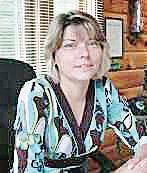

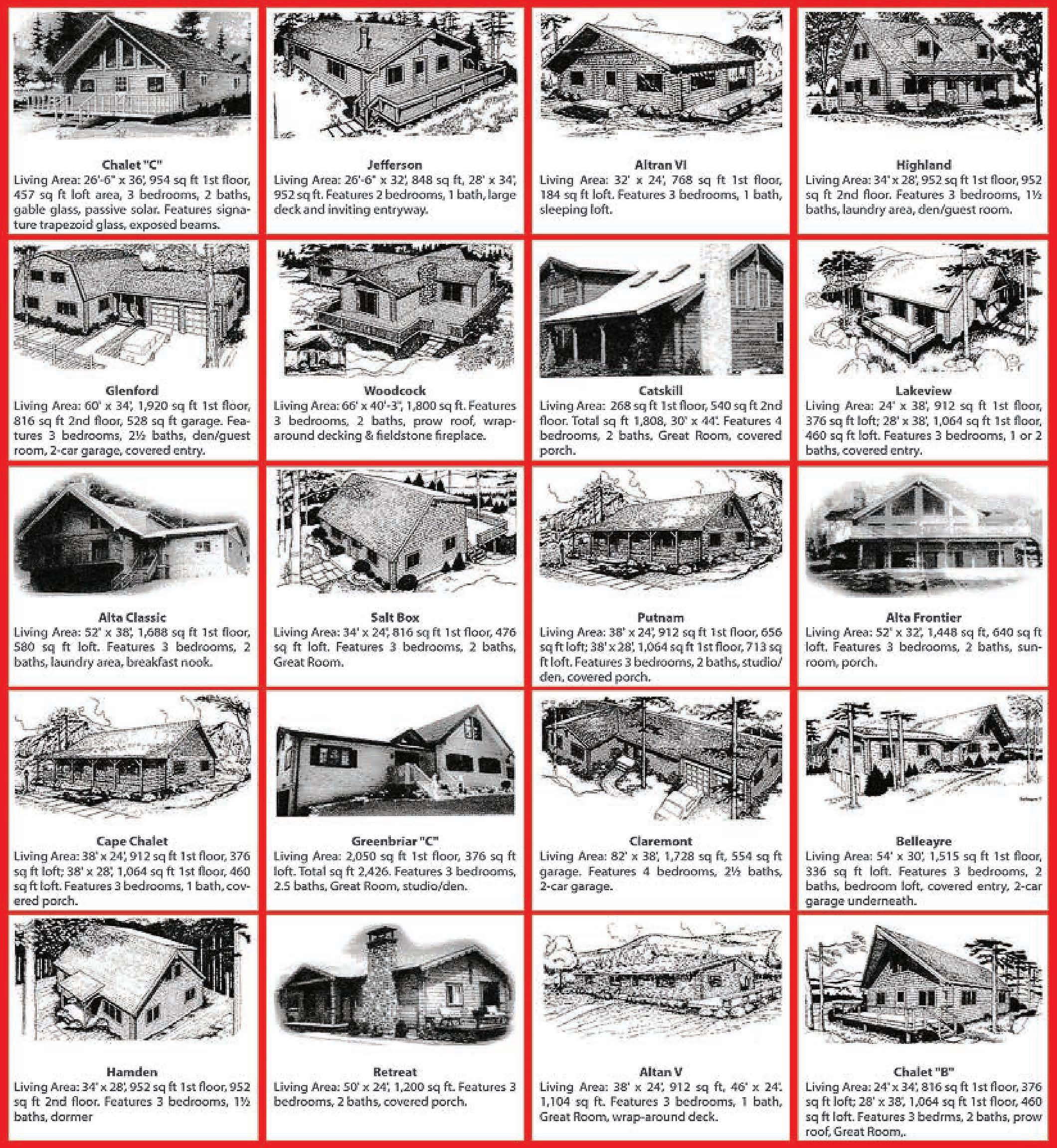
Alta Classic Living Area: 52’ x 38’, 1,688 sq ft 1st floor, 580 sq ft loft. Features 3 bedrooms, 2 baths, laundry area, breakfast nook.
Living Area: 38’ x 24’, 912 sq ft 1st floor, 656 sq ft loft; 38’ x 28’, 1,064 sq ft 1st floor, 713 sq ft loft. Features 3 bedrooms, 2 baths, studio/den, covered porch.
Cape Chalet
Living Area: 38’ x 24’, 912 sq ft 1st floor, 376 sq ft loft; 38’ x 28’, 1,064 sq ft 1st floor, 460 sq ft loft. Features 3
Living Area: 82’ x 38’, 1,728 sq ft , 554 sq ft garage. Features 4 bedrooms, 2 1/2 baths, 2-car garage.
Altan V
Living Area: 38’ x 24’, 912 sq ft, 46’ x 24’, 1,104 sq ft. Features 3 bedrooms, 1 bath, Great Room, wrap-around deck.
Brenda Wells Associate Broker
Sheranda Wells
Salesperson
Altran
Catskill
Alta Frontier
sunroom, porch.
Putnam
Greenbriar “C”
Belleayre
Claremont
Retreat
Chalet “B”
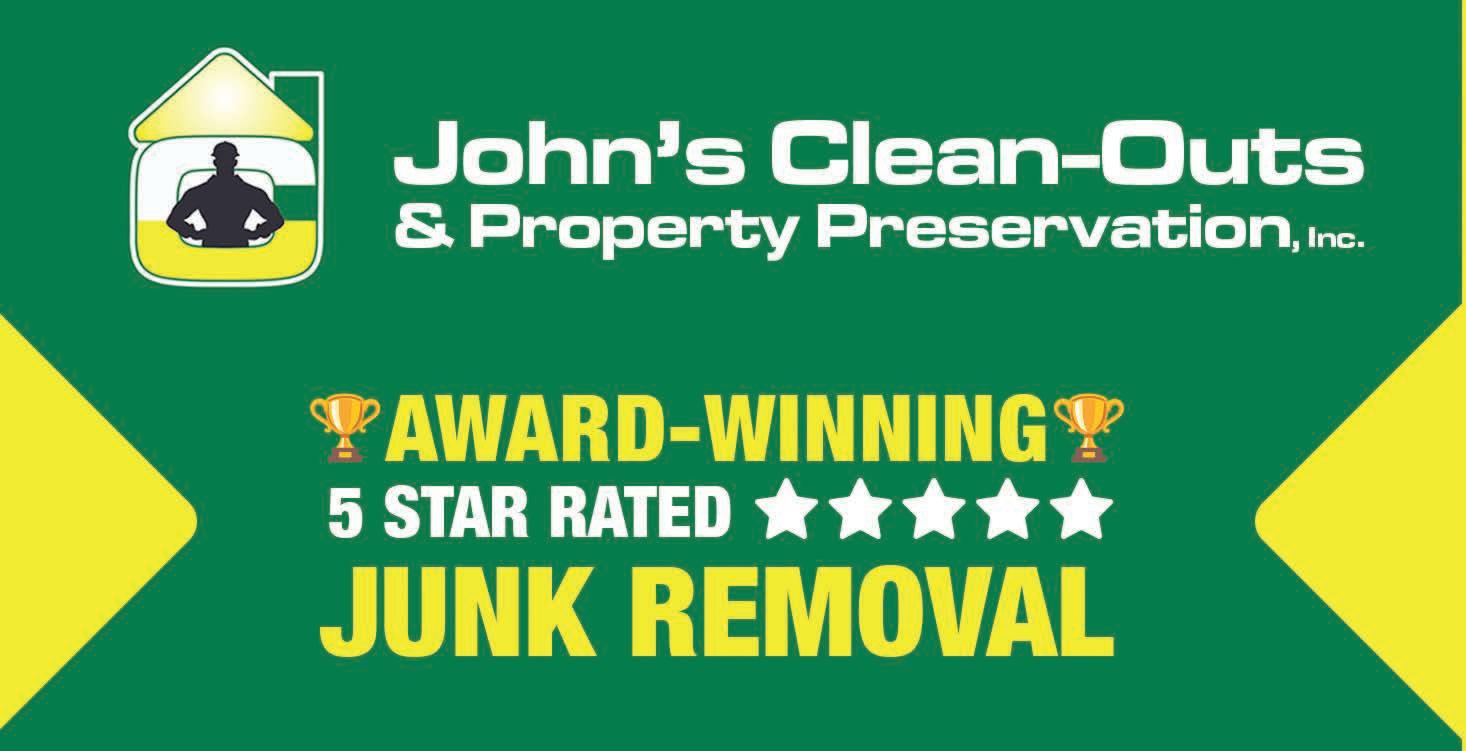
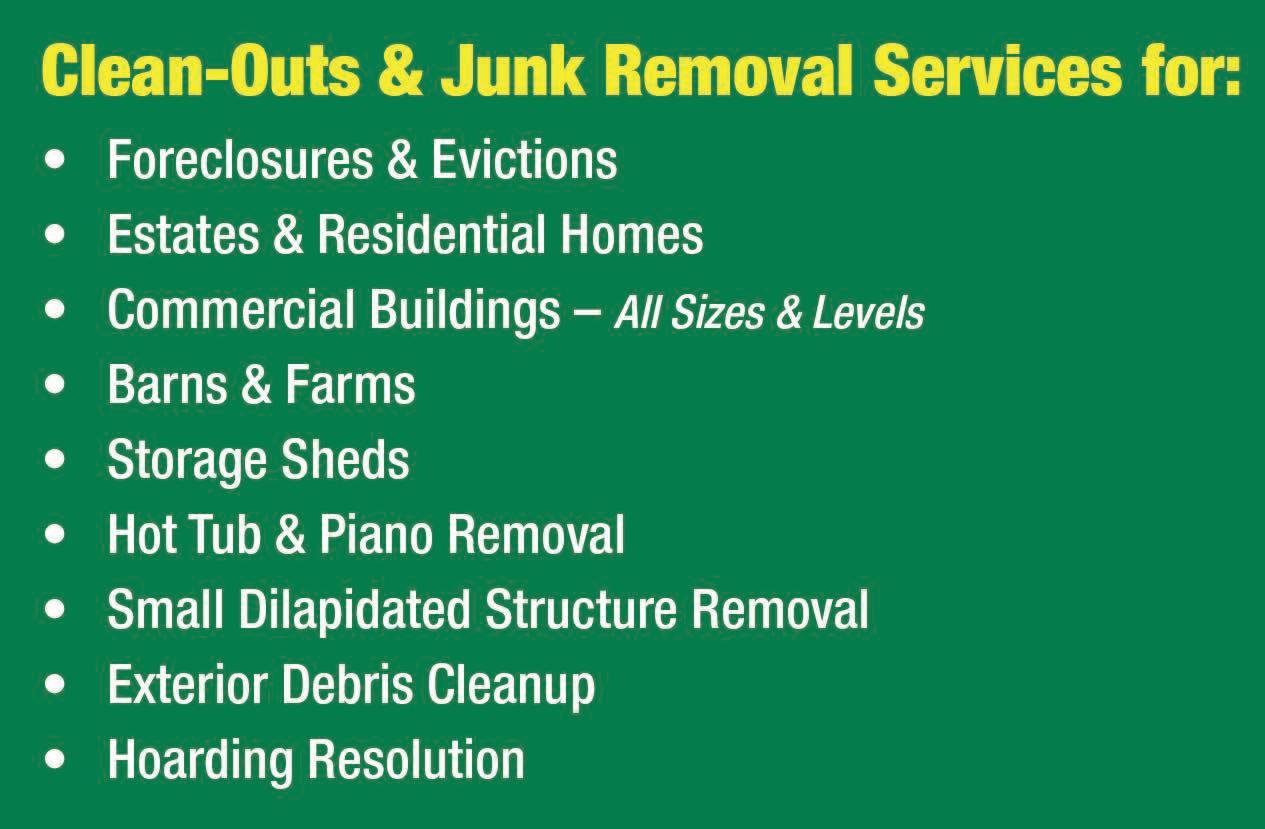
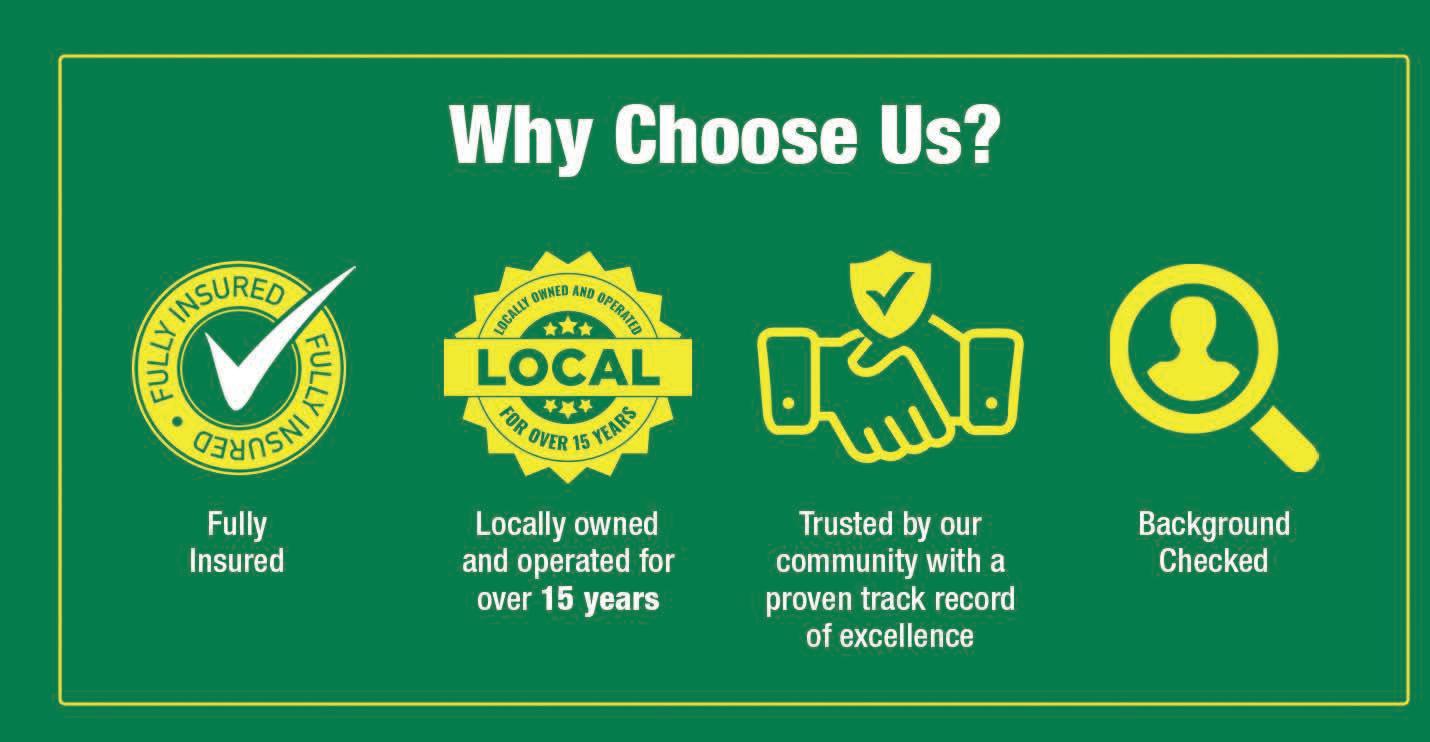


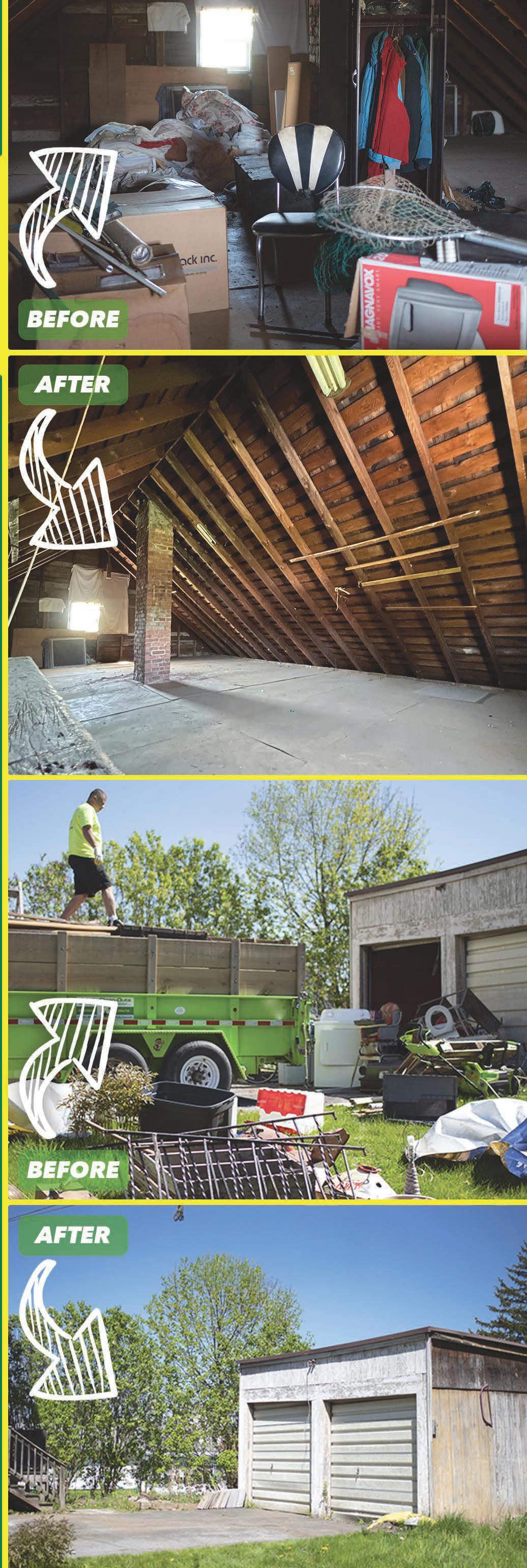


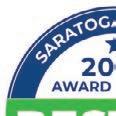

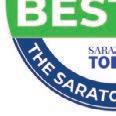










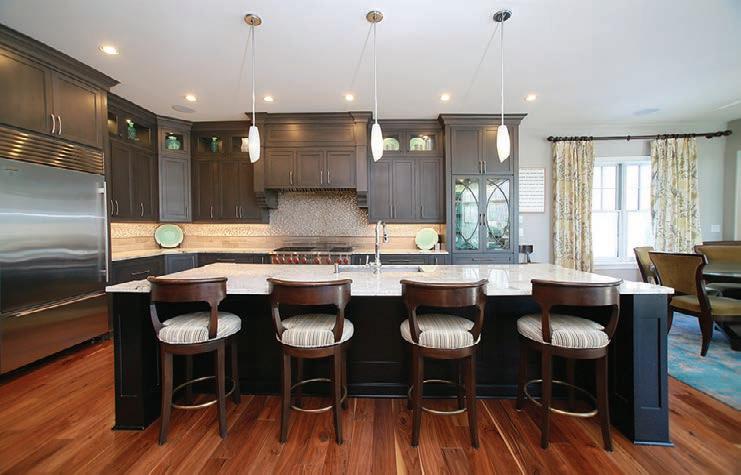
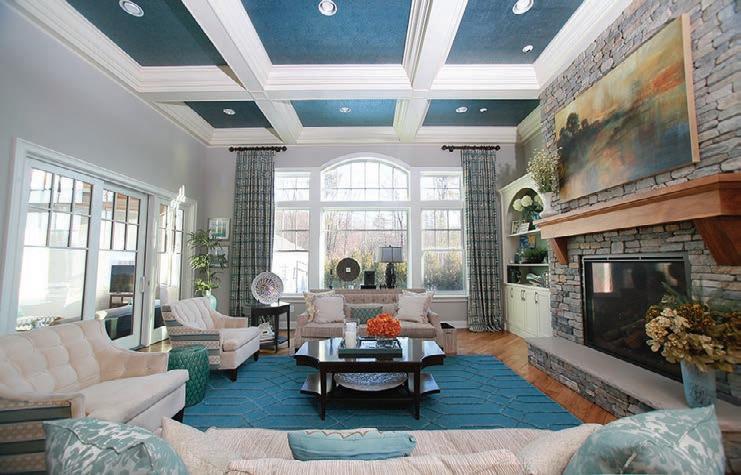


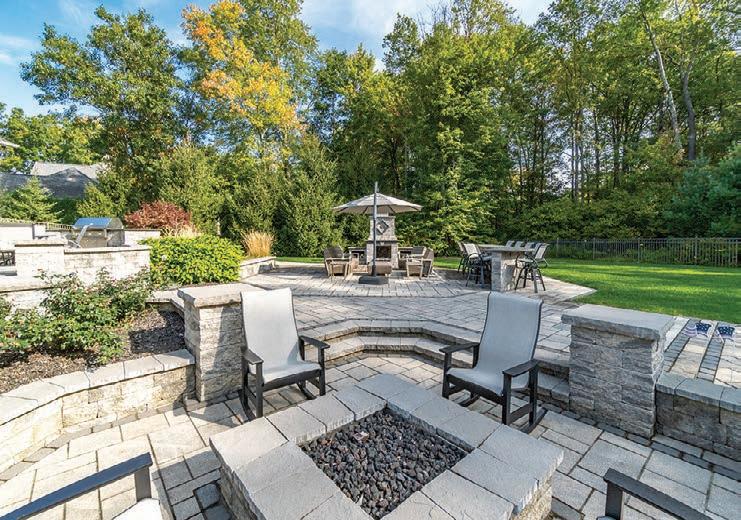
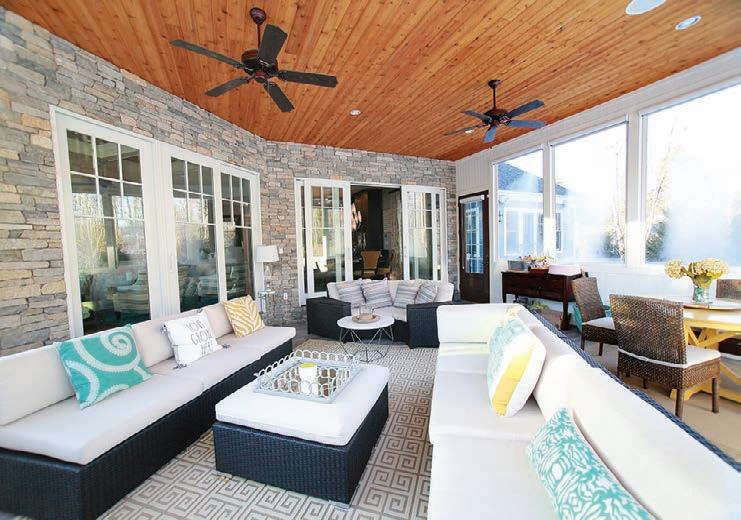
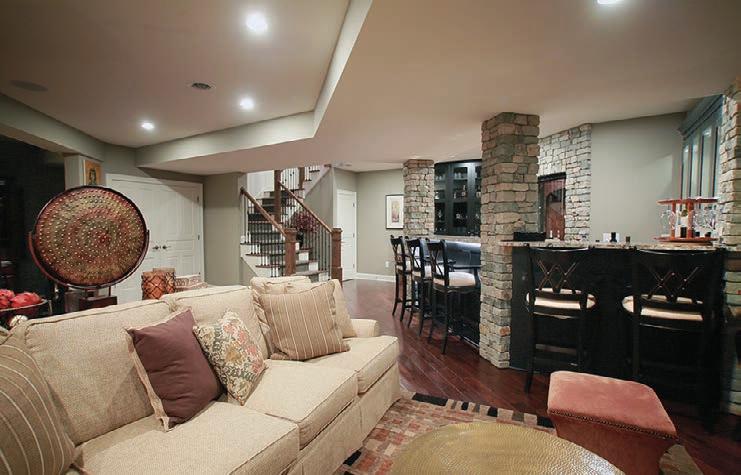
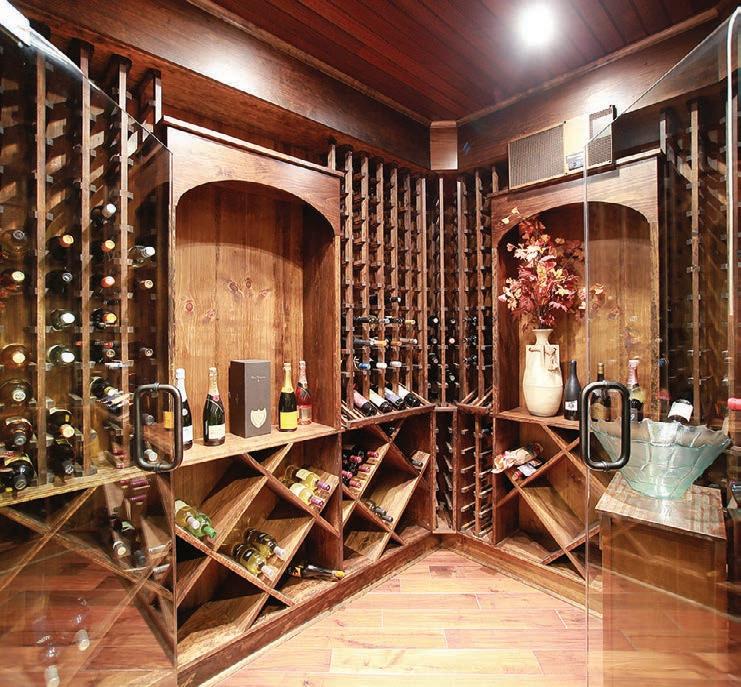
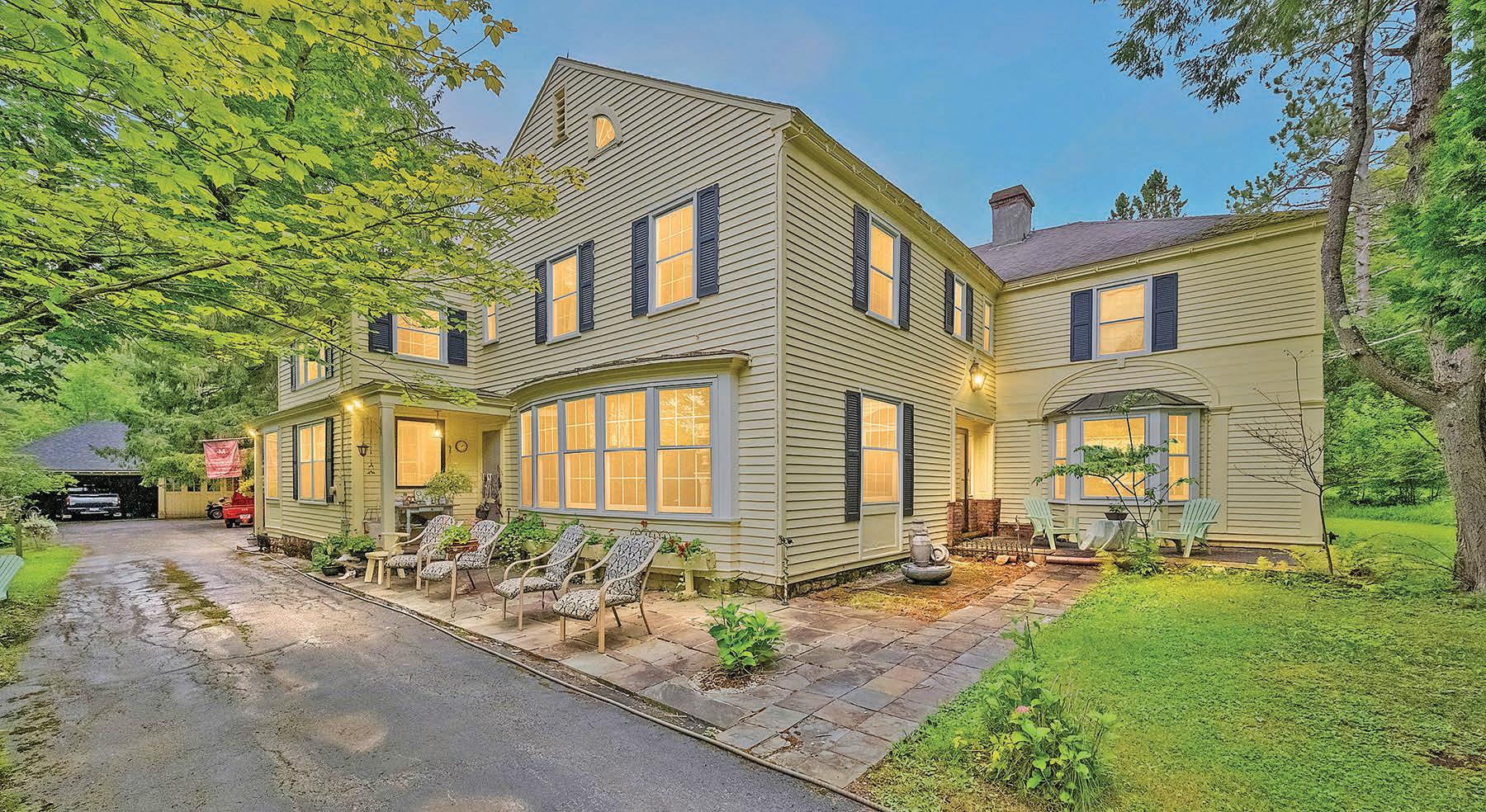
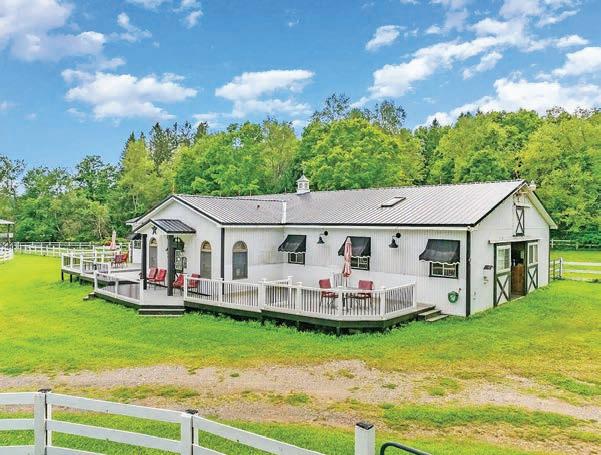
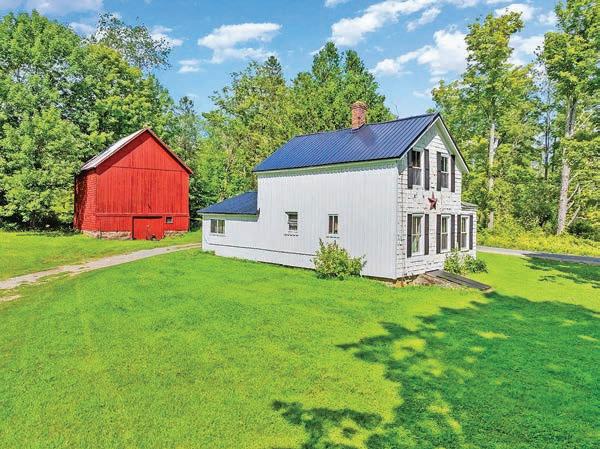
$1,500,000
Diamond Hill is a unique property of 240+/- acres, eleven parcels of beauty & countless opportunities for several combinations of lifestyle! Rolling landscapes, breathtaking creeks traverse through abundant acreage of woodlots that have not been logged in 40 yrs. Experience the beauty of clear ponds and breathtaking waterfalls. This property includes an Equine center w/ paddocks, horse stable & arena all at the foothills of the Adirondack Mountains.
An incredible residential estate, tucked away on 18.5 acres within the property, includes a regulation-size tennis court, two-stall garage w/porch, guest house, tree house, multiple structures & ponds. This 1938 home boasts 4,692 sq ft of living space with 8 bedrooms and full plus half bath. Charm remains but notable updates include: all new Pella windows, freshly painted exterior, and two new propane furnaces. This is an amazing property to enjoy privately or as an entrepreneurial project such as: Equine center, Boutique Inn, Event Venue, Corporate Retreat Investment, B & B.
Accessible to all points from NYS Thruway as well as scenic State Routes. Within 30-90 minutes: hospitals, colleges, museums, Saratoga, gaming & racing facilities, Turning Stone Casino. Come live a life less ordinary in your very own expansive country retreat or use this as an income opportunity. Call Michelle for your private tour: (C) 315-794-3260
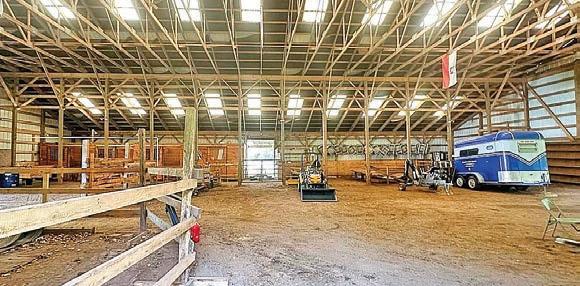
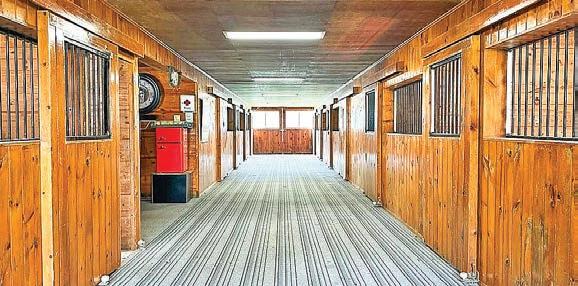
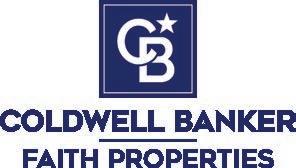



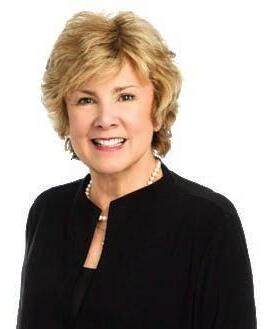


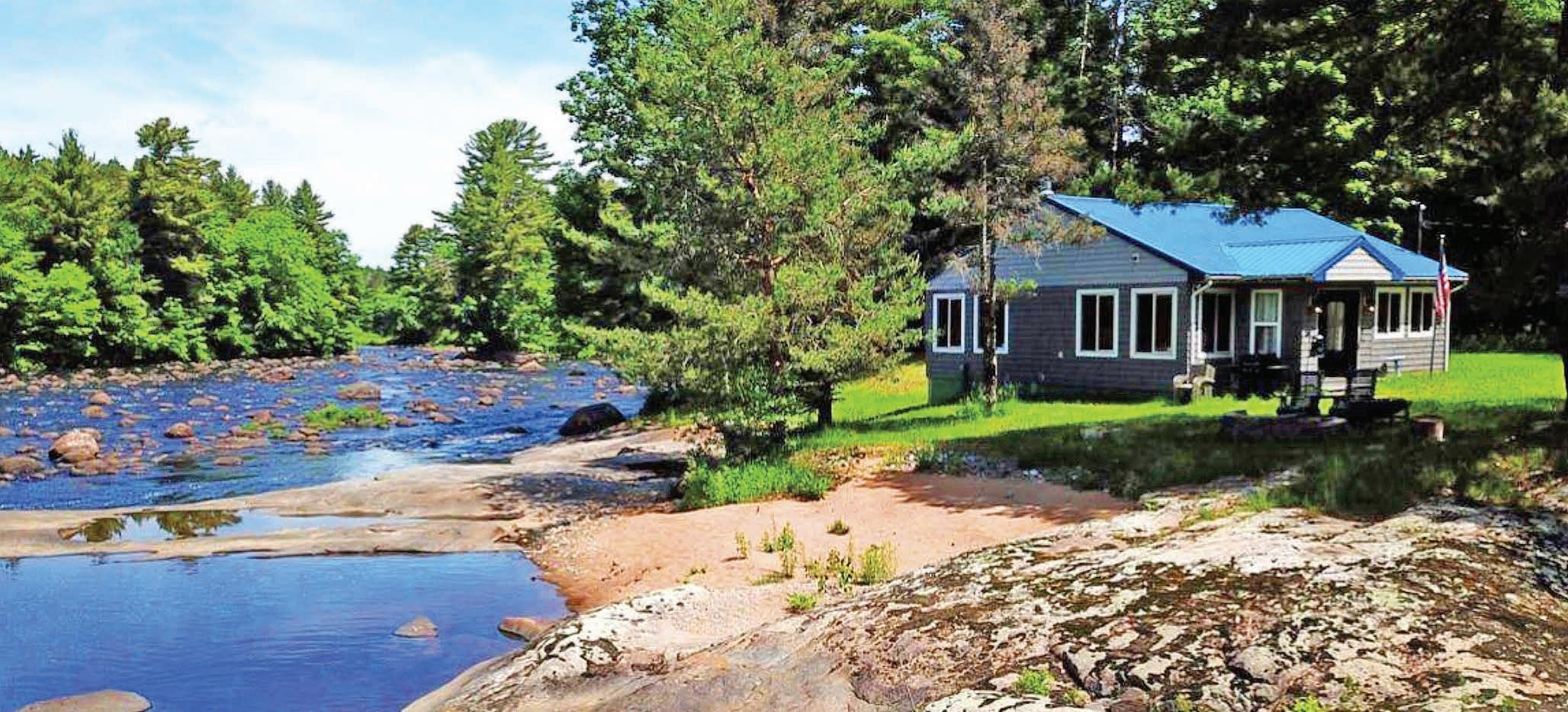
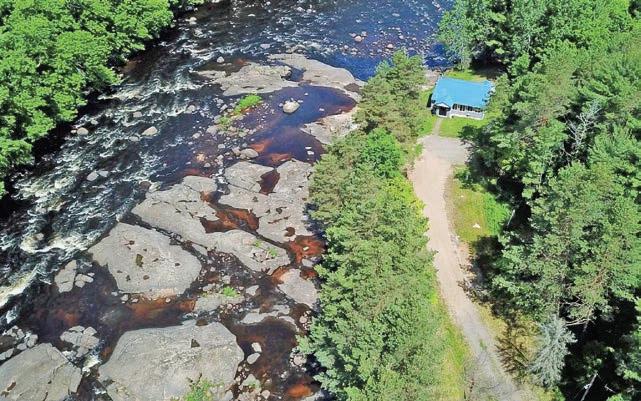
Own for $449, 900 or rent this charming 2-bedroom cottage nestled on 1.7 acres of breathtaking Black River frontage for just $2,500/month (1-year lease).
Enjoy endless summer days wading into the river to swim or fish for trout in several natural pools. With 1,080 sq ft of beautifully designed living space, the open concept living room and kitchen boast vaulted ceilings and gorgeous wood accents. Cozy up by the propane-fired fieldstone fireplace or relax on the back deck while the soothing sounds of the river flow by.
This cottage is well-equipped with modern amenities, including a newly renovated bathroom, insulated water lines, and a new roof. Plus, with RV
hookups and a drilled well, your adventures can extend beyond the cottage! The property features over 640 ft of river frontage and stunning swimming holes for those hot summer days. Located just minutes from Woodgate Pines Golf Course and nearby snowmobile trails, this location is perfect for outdoor enthusiasts.
This beautiful property is available for rent at $2,500 per month plus utilities and security deposit with a 1-year lease. Enjoy a stress-free rental experience with included snow removal and lawn care. Furnishings can be purchased for an additional negotiated price-pack your bags and move right in! Furnishings will stay if rented, offering a convenient and hassle-free experience.
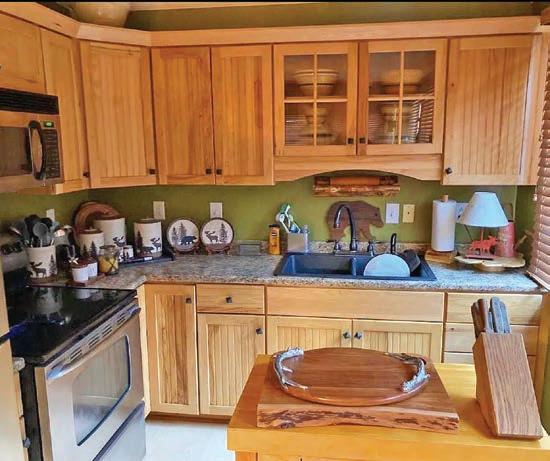
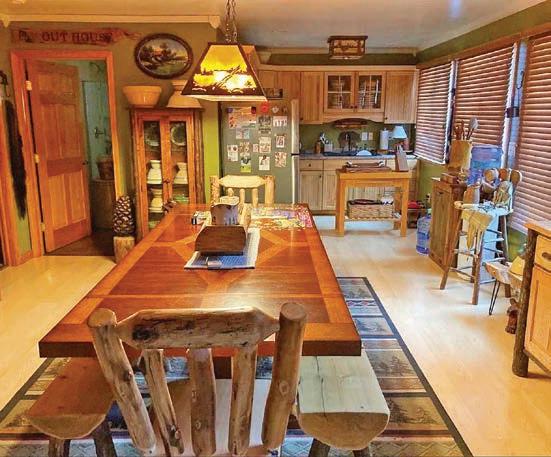
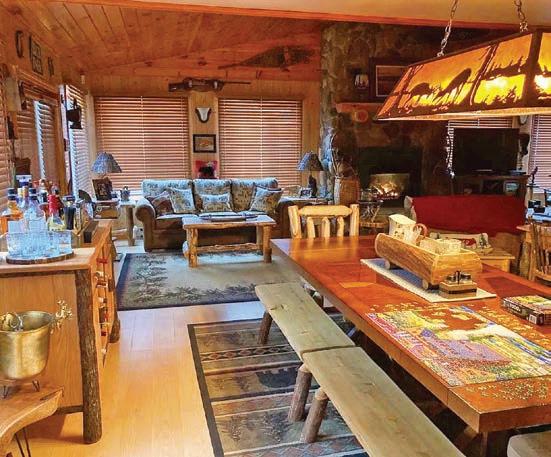
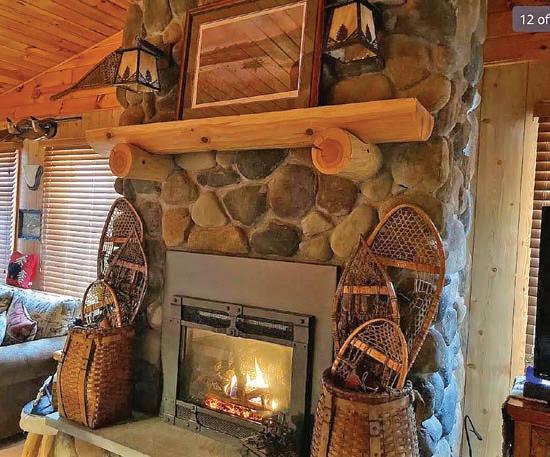
9237 Hawkinsville Road, Boonville • $449,900 or $2,500/month (1-year lease)
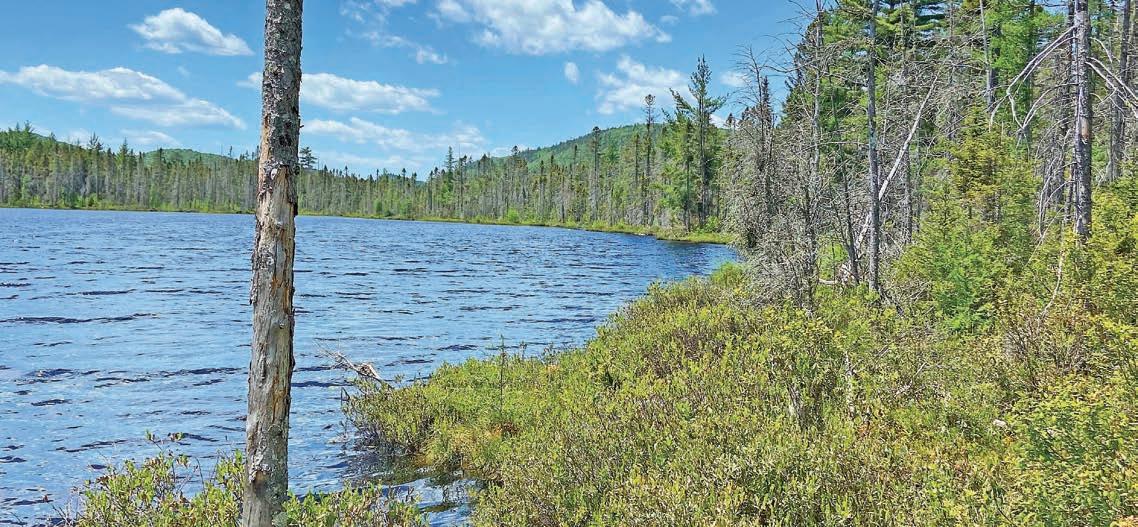
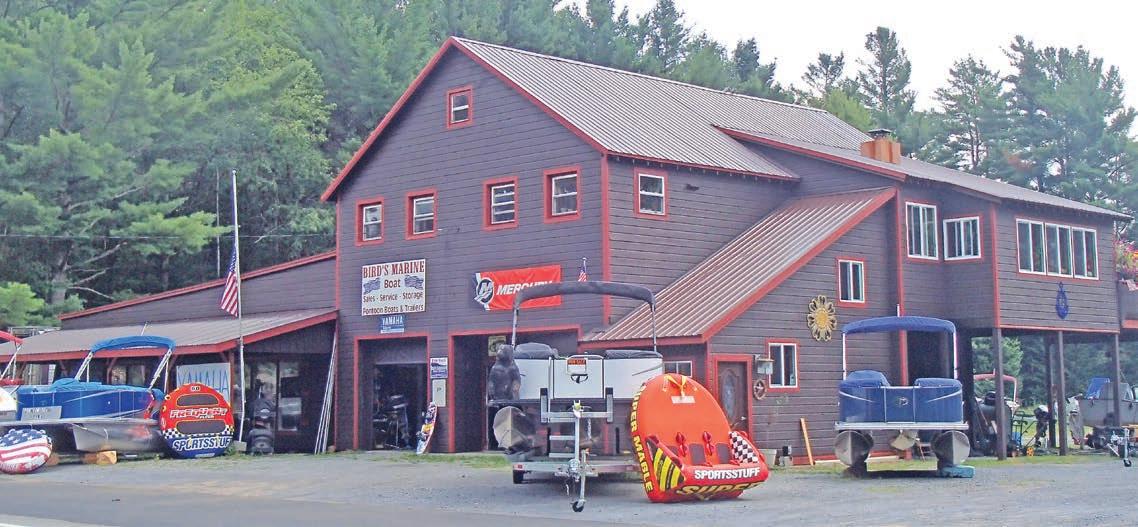

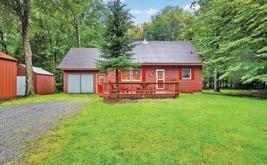
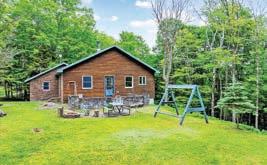
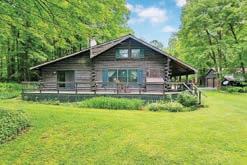
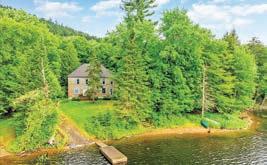
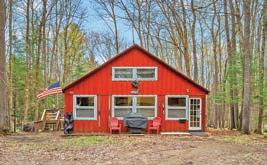
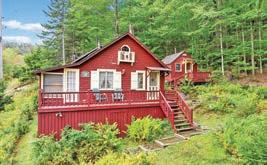
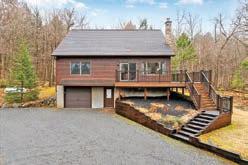
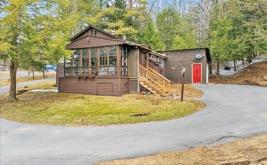
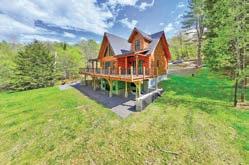
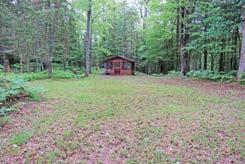








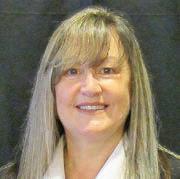
Amish-Made Custom Cabinets

Affordable Luxury From Our Country Workshop To Your Kitchen
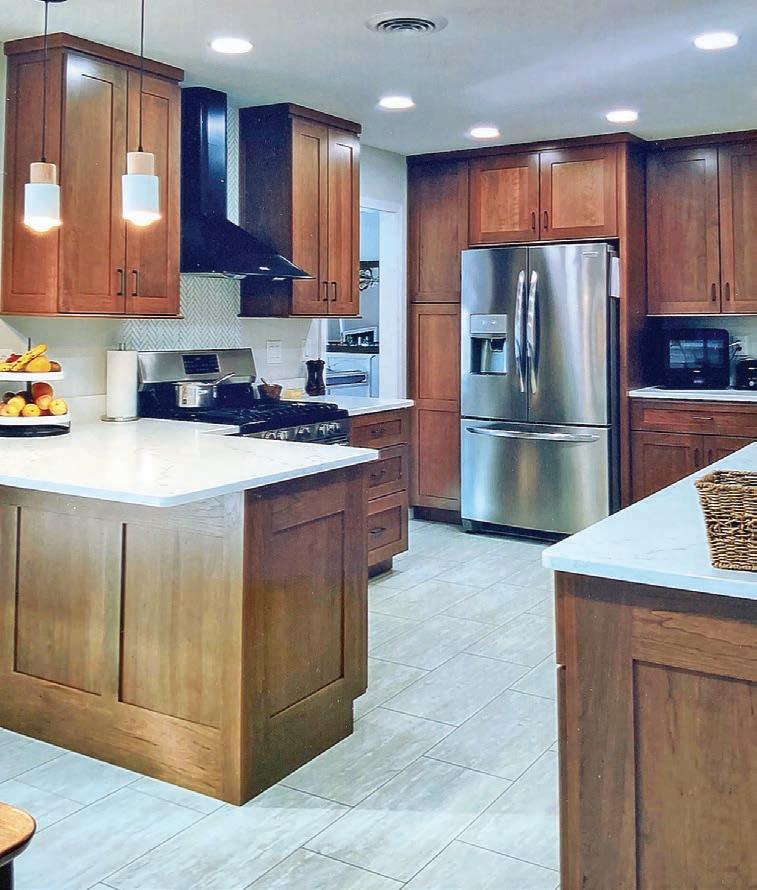
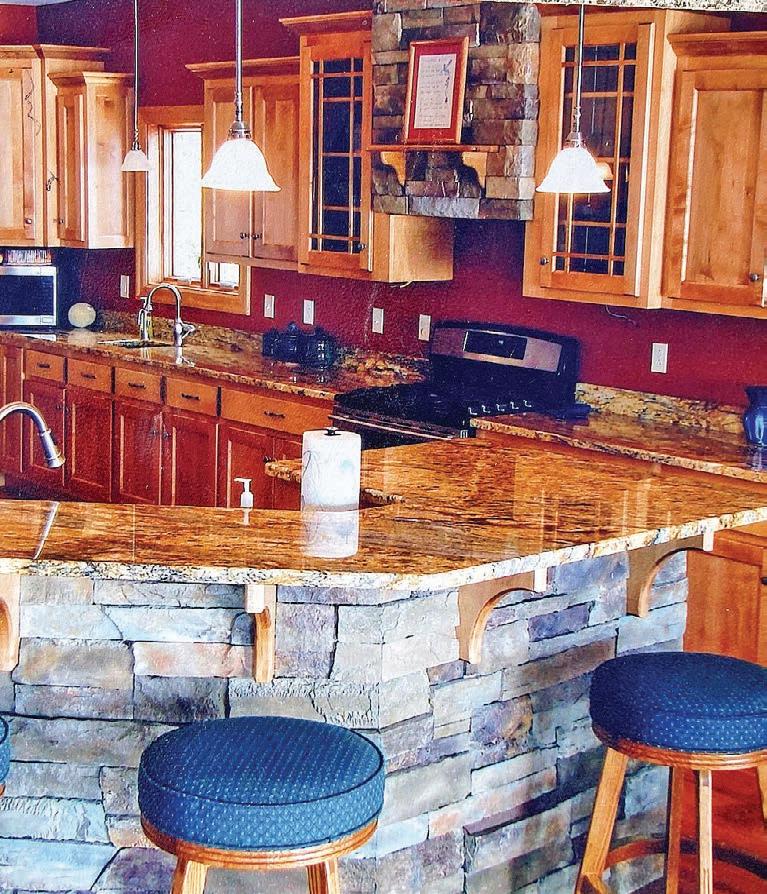
Love the look of custom cabinetry but disappointed with the options at local stores? Our Amish craftsmen offer quality, handcrafted cabinets at prices often lower than factorymade cabinets you’ll find at local big box stores.
Crafted in our family-owned workshop, each cabinet is custom-crafted with skill and expertise passed down through the generations.
From the initial design and layout discussions to the custom creation and installation phases, our expert craftsmen will
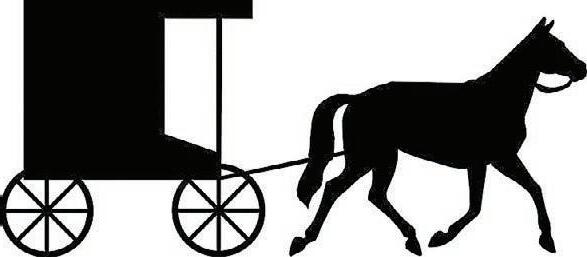
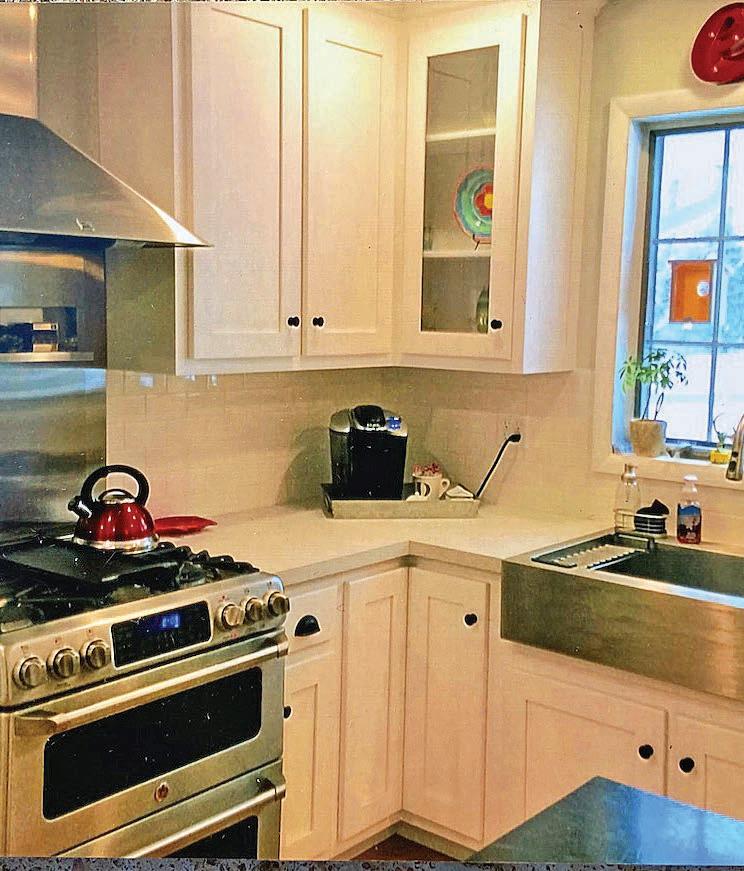
work with you to ensure your kitchen, bath, office or other specialty cabinet reflects your tastes, fits your budget, and exceeds your expectations.
With a variety of select wood types, cabinet styles, and finishes to choose from, each piece is designed to last a lifetime. Made to order, our cabinets not only promise superior quality but also showcase affordability at its finest.
Check out your options at the big box store then let us show you what we can offer!

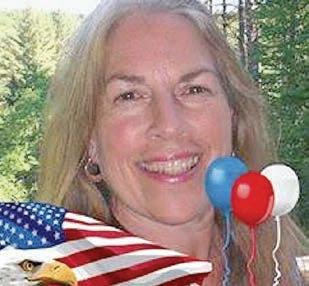
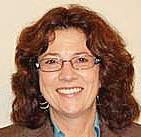





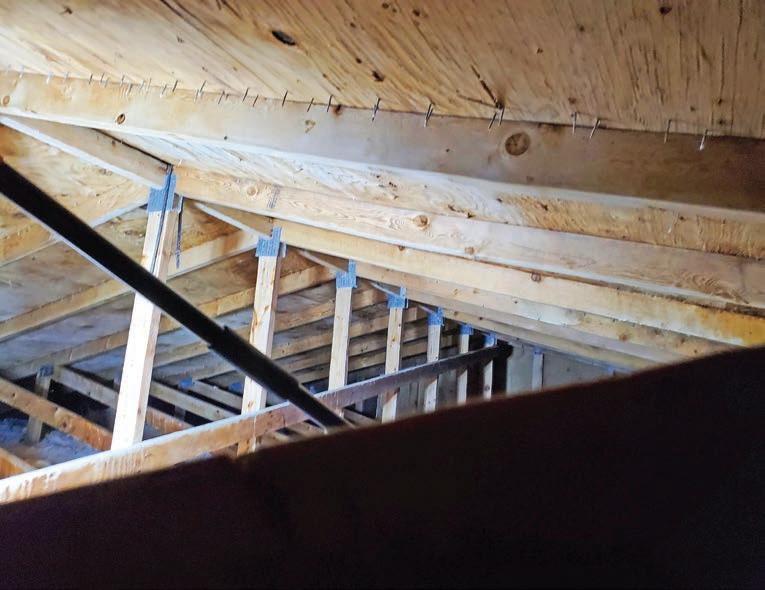
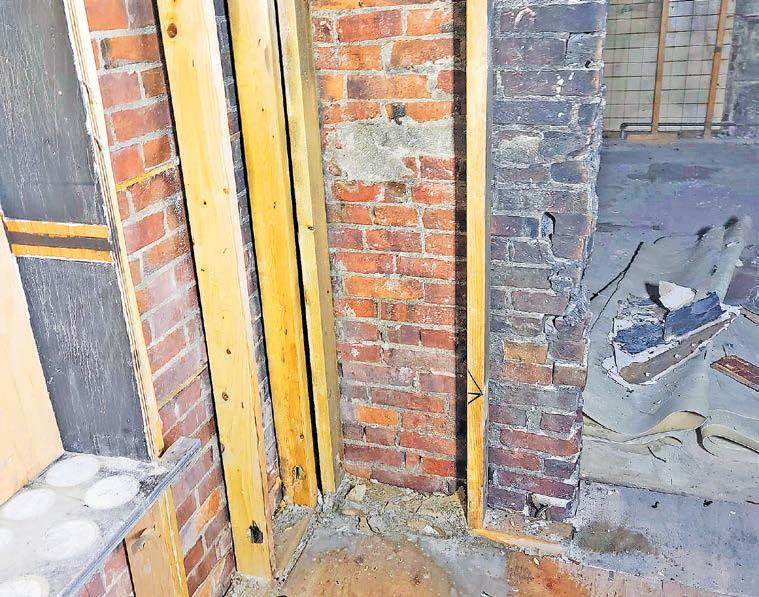
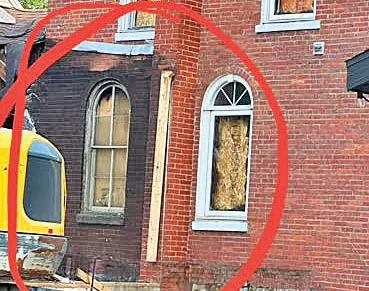



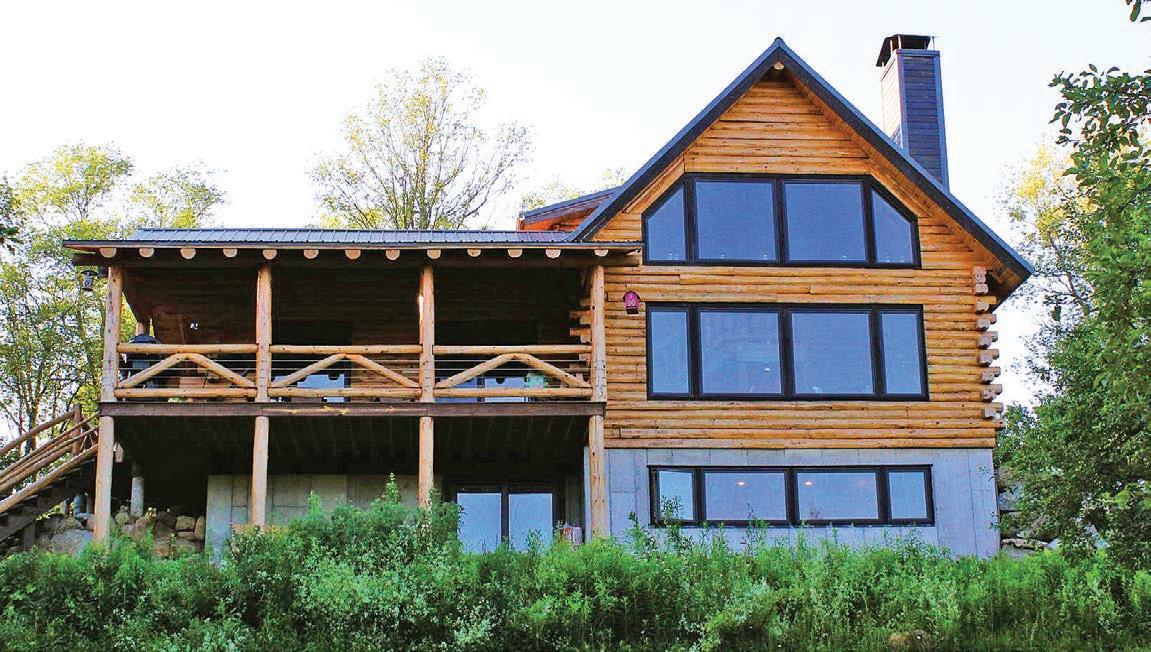
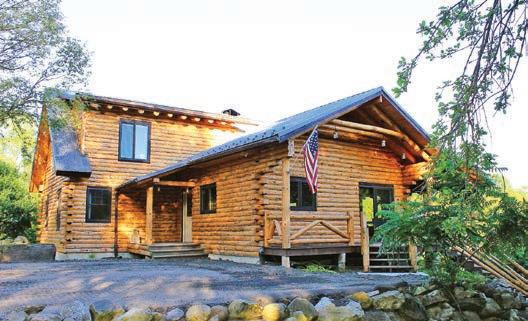
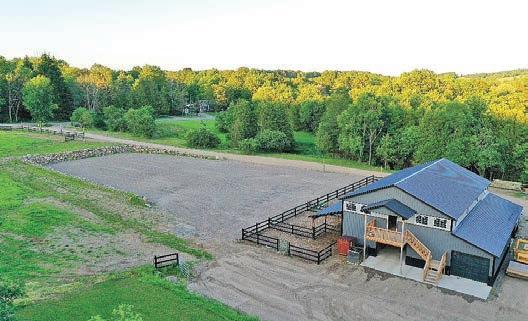
There is a convenient laundry area near the first floor bedrooms, and the open staircase leads to an oversized primary bedroom with an ensuite bath! If a fourth bedroom is needed, there is extra space in the walkout basement that also includes a family room and a workshop.
Jut as the residence is made for the comfort of people, the barn is constructed to pamper your horses. This 60x60 foot newly constructed building includes eight custom stalls, two of which are super stalls, made to accommodate two horses. There is a huge tack room and plenty of space for feed storage. Along side the barn are four partly sheltered paddocks that enter into a 200 x 120 foot riding ring. As a bonus, there is a 36 by 60 foot second floor on the barn for future expansion (classrooms or apartment maybe?)
Vehicle storage is provided by a one-stall under the house and a three-stall detached garage. The majority of the land is wooded and there are about two acres of meadow near the stable. A small stream provides year-round harmony.
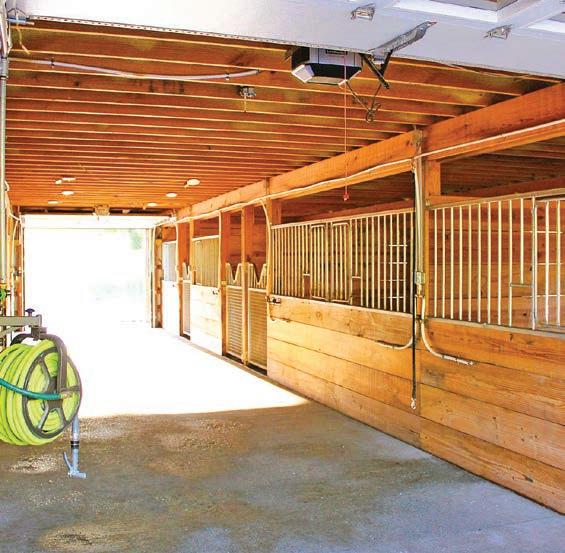
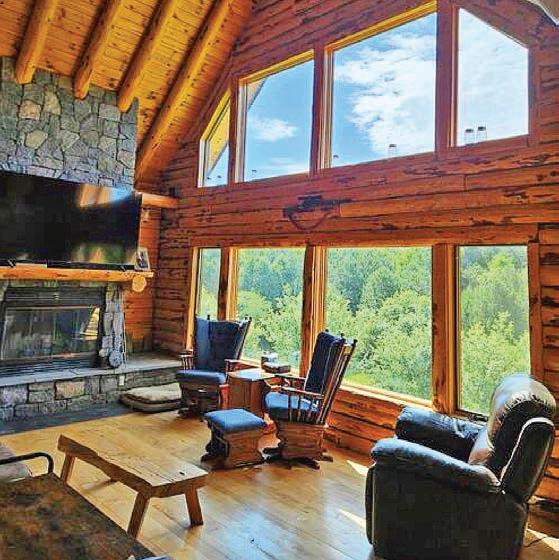
Live the good life in this exceptional contemporary Log Home tucked away in a corner above the orchard on this nine and four-tenths-acre Horse Ranch!
Enjoy the view from the glass-walled living room with its cathedral ceiling and massive stone replace. Entertain in style from the adjoining kitchen/dining area with custom cabinets and built-in appliances. A wrap-around porch brings you outside for summer fun.
9+ Acre Log Home & Horse Ranch
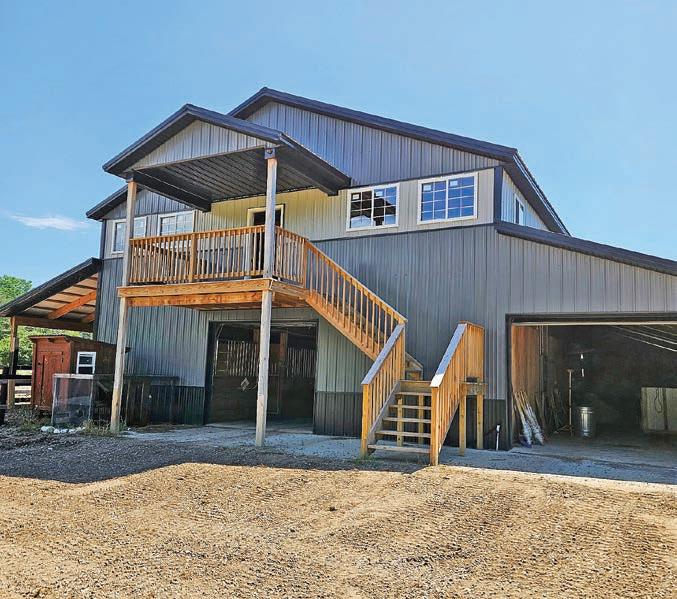
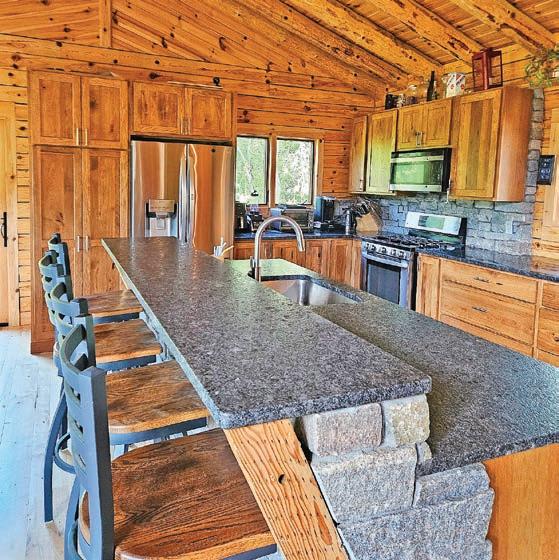
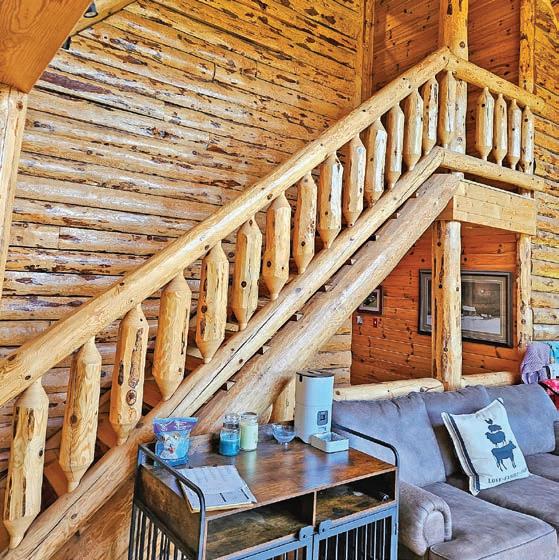
$835,000 Call Bruce Ward today 315-796-4425 for your private showing.


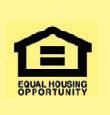
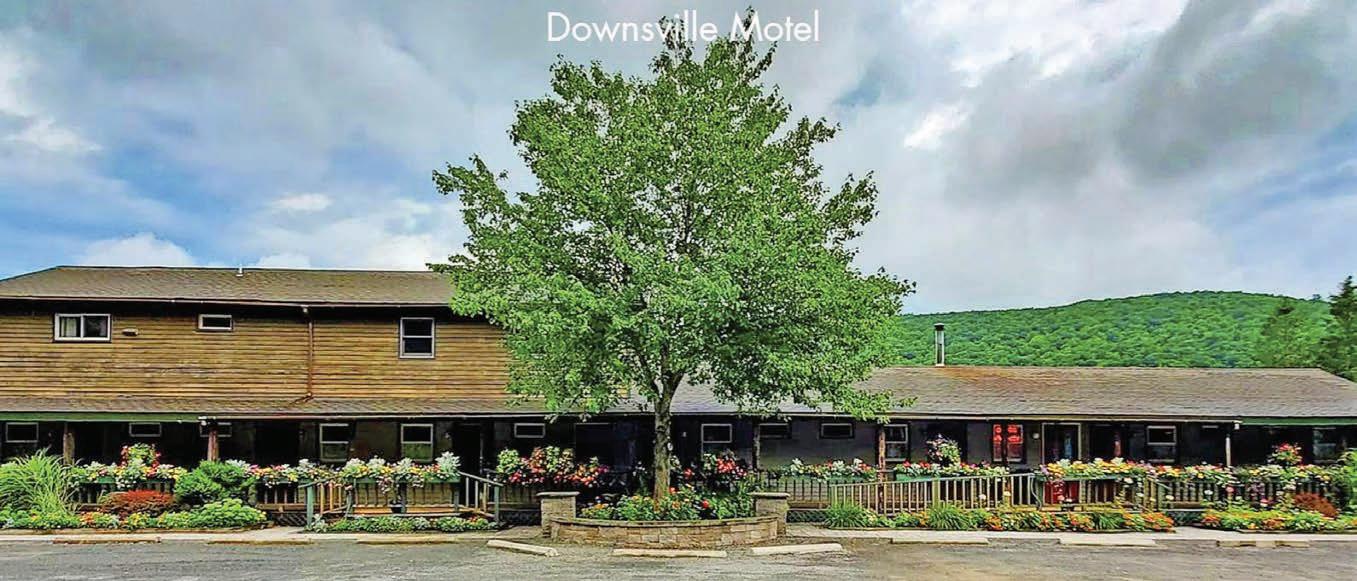
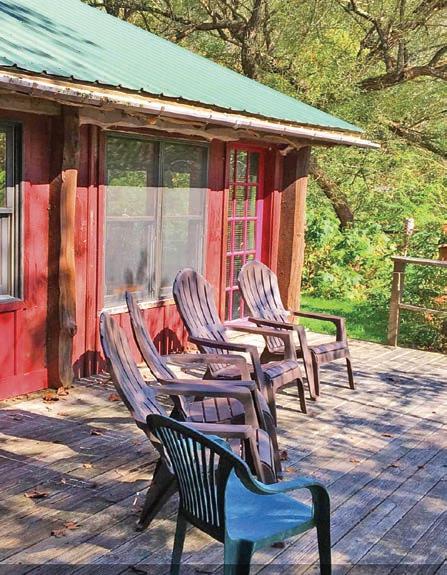
6964 River Road, Downsville NY - Offered at
Located in Downsville, NY—just 2.5 hours from NYC and 2 hours from Albany—this iconic, family-run o ering includes Al’s Sporting Store, the Downsville Motel, a canoe/kayak rental business, a riverside takeout property, and nearly 6 acres of additional riverfront land.
Established in 1983, booming Al’s Sporting Store is a beloved destination o ering shing, hunting, and outdoor gear, NYS licenses, unique gifts, and Amish furniture. With lots of local history and a quaint town, this property is located just minutes from many other towns that host festivals and more all year long!
The building includes o ce space, guest bathroom, and workshop space on the main oor. The second oor features a 2 bedroom apartment and a large open room with a separate entrance, perfect for hosting classes, storage, converting into another apartment, or opening to the 2-bedroom apartment. The sports store has hot water heat, a private drilled well, septic and a back up generator.
The Downsville Motel, fully operational and year-round, features 7 riverfront rooms with patios and a
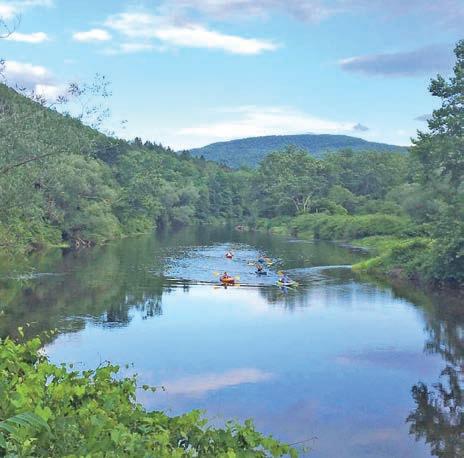
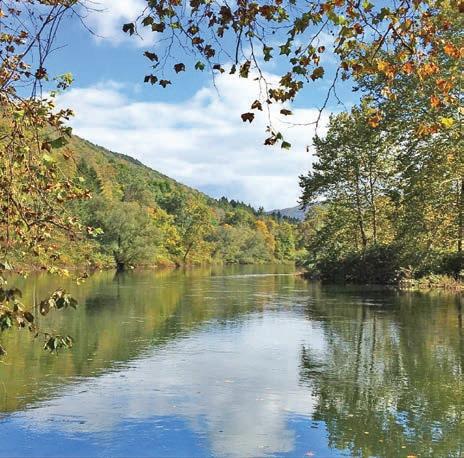

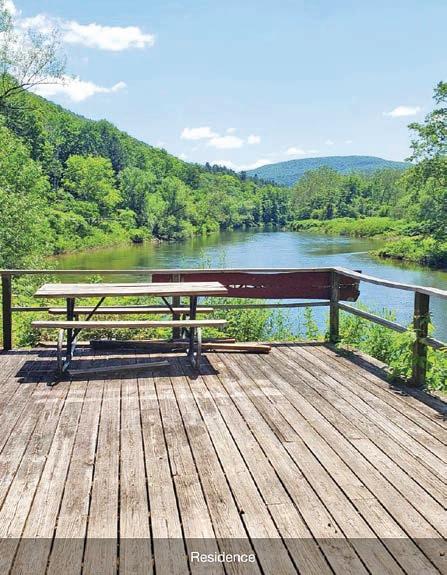
2nd- oor 2-bedroom apartment- perfect for owner-occupied or continue to rent for additional income. Generations of guests continue to make this their vacation location! The sta wants to stay on so you’ll be stepping into a turn-key business! Heat, private well and septic, and a backup generator are all in place.
The thriving canoe/kayak rental business boasts over 100 boats and a popular 7-mile scenic ride down the East Delaware River!
The Sycamore house is at the canoe/kayak take-out location, seven miles down the river. At the takeout point sits a rustic 2 BR home. Live here or turn it into the Sycamore Café! It’s the perfect location for a small restaurant. Private well and septic, while some TLC is needed, it’s the location right on the river next to a historic bridge that is incredible!
Additional acerage. Finally, enjoy 5.8 acres of at riverfront along the E Delaware River- with trails and picnic areas—ideal for camping or glamping expansion. Set up platform tents, easy to add a bath house for guests. This land borders the Downsville Motel!
